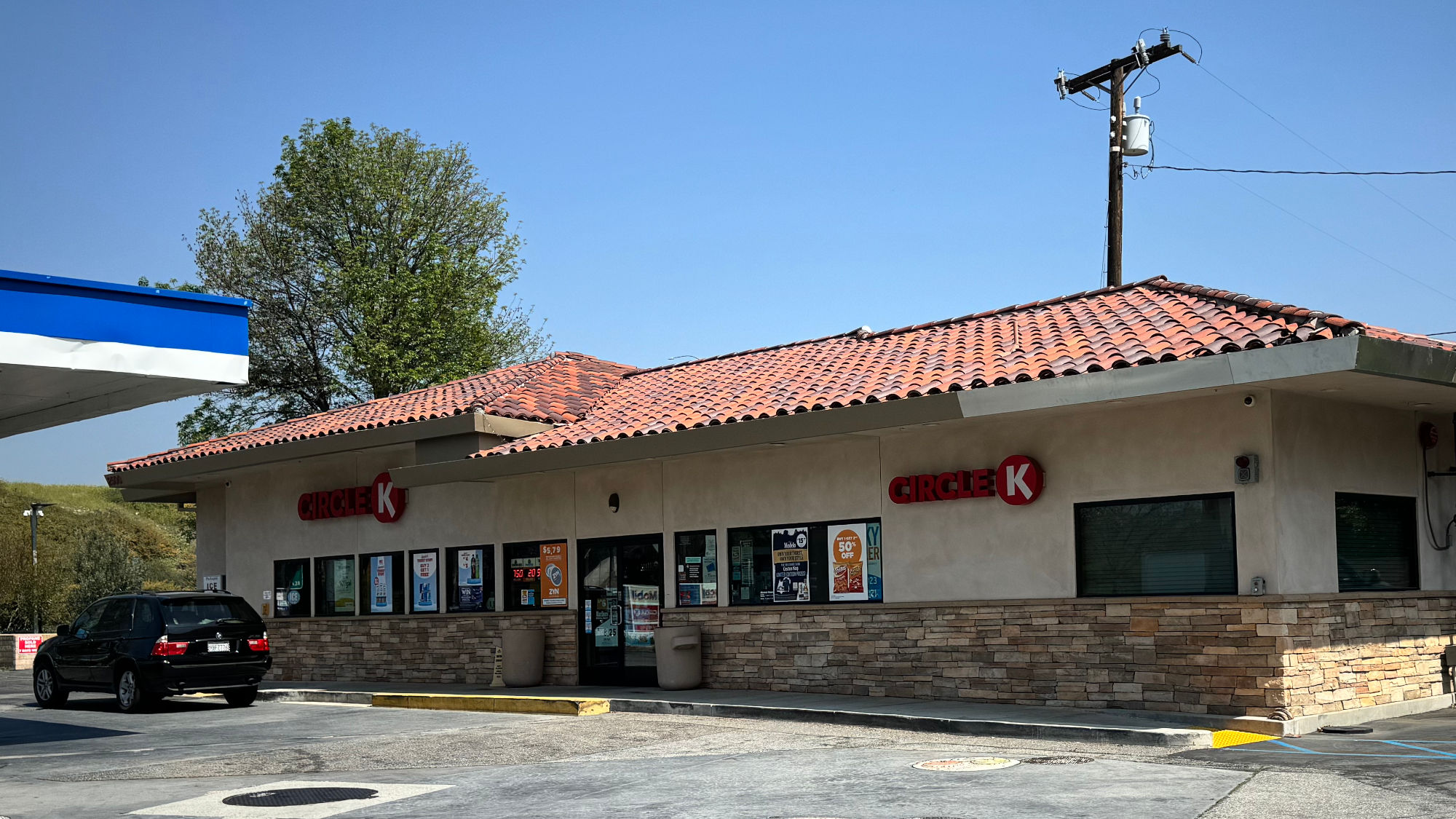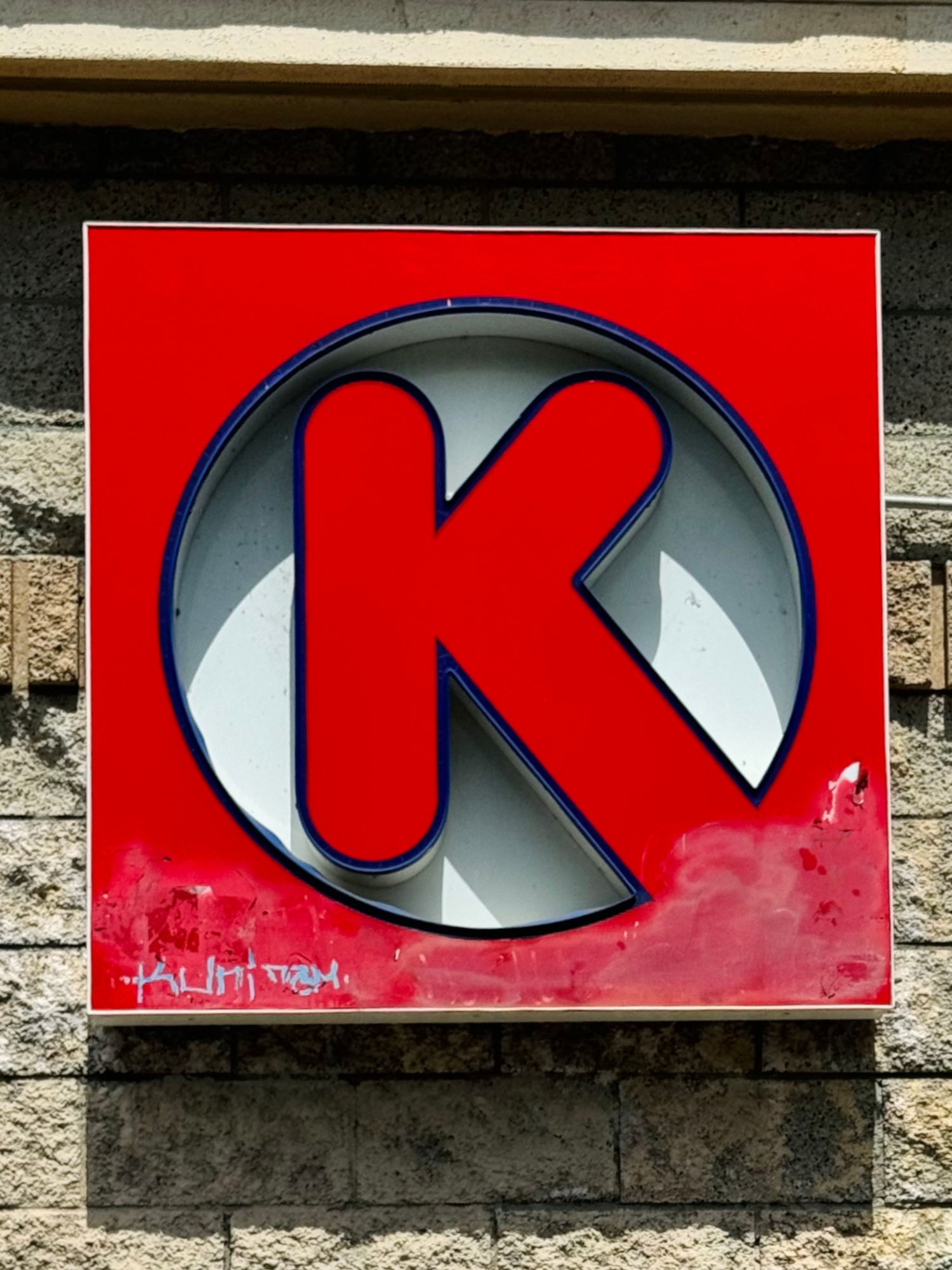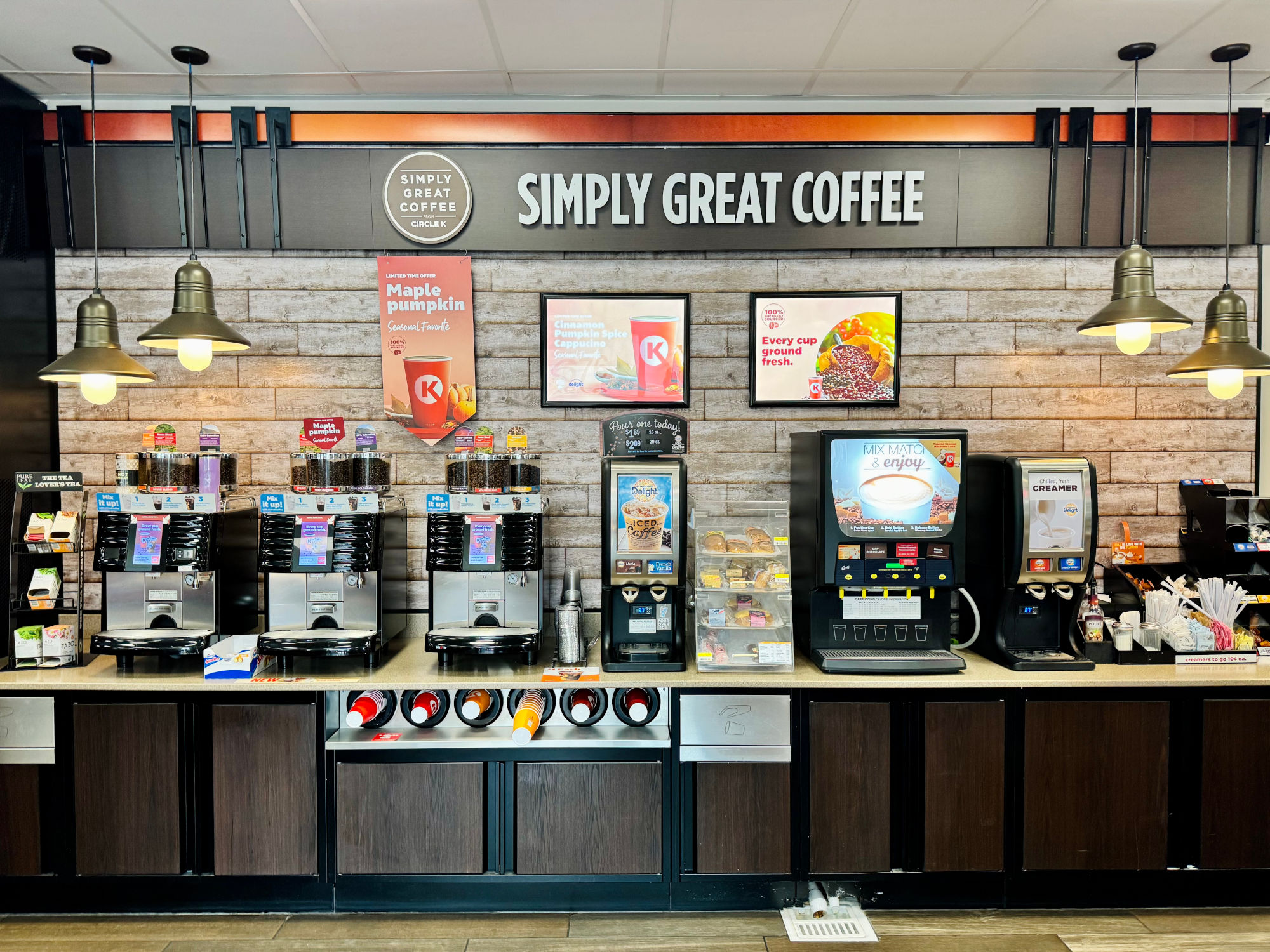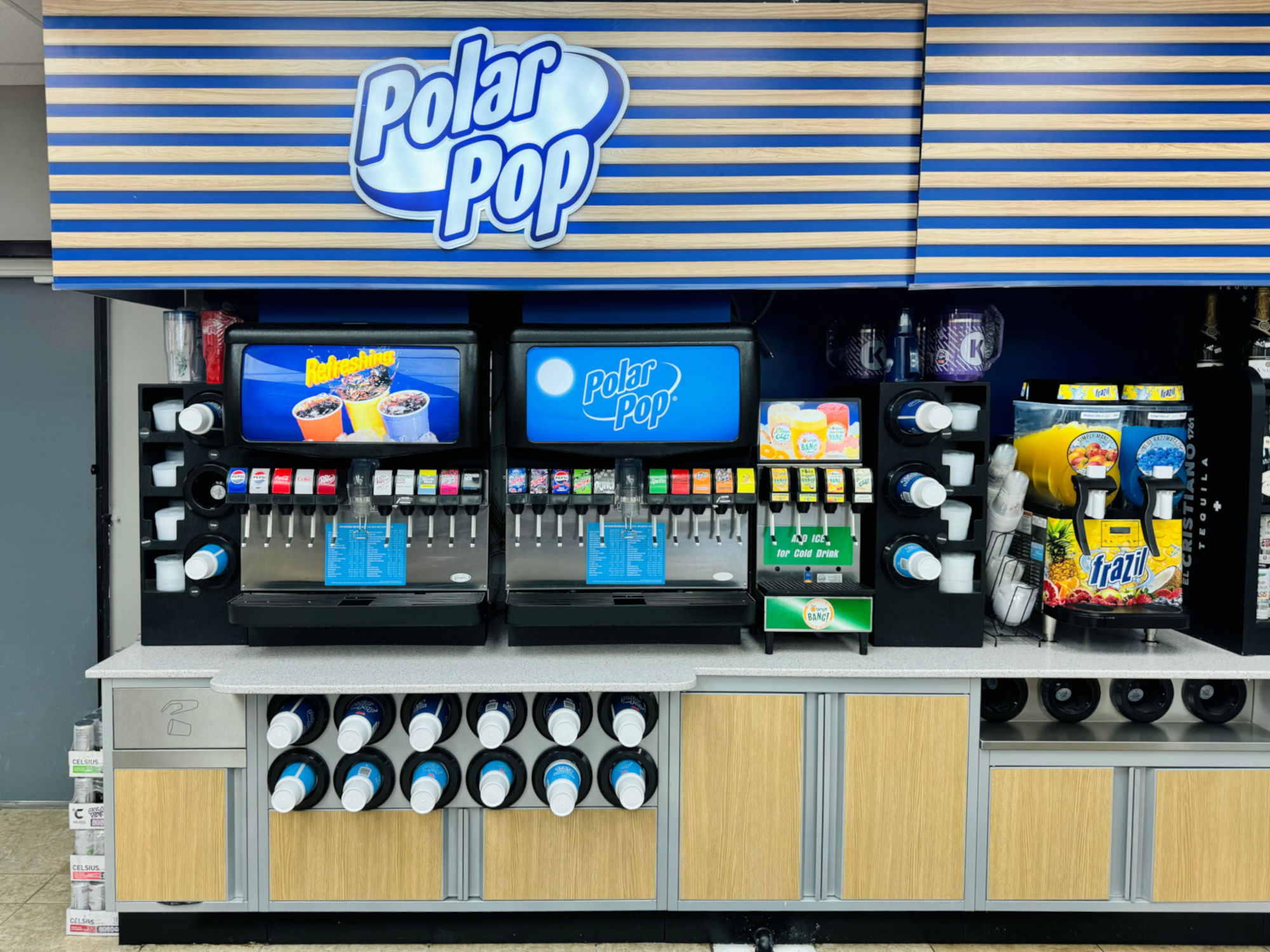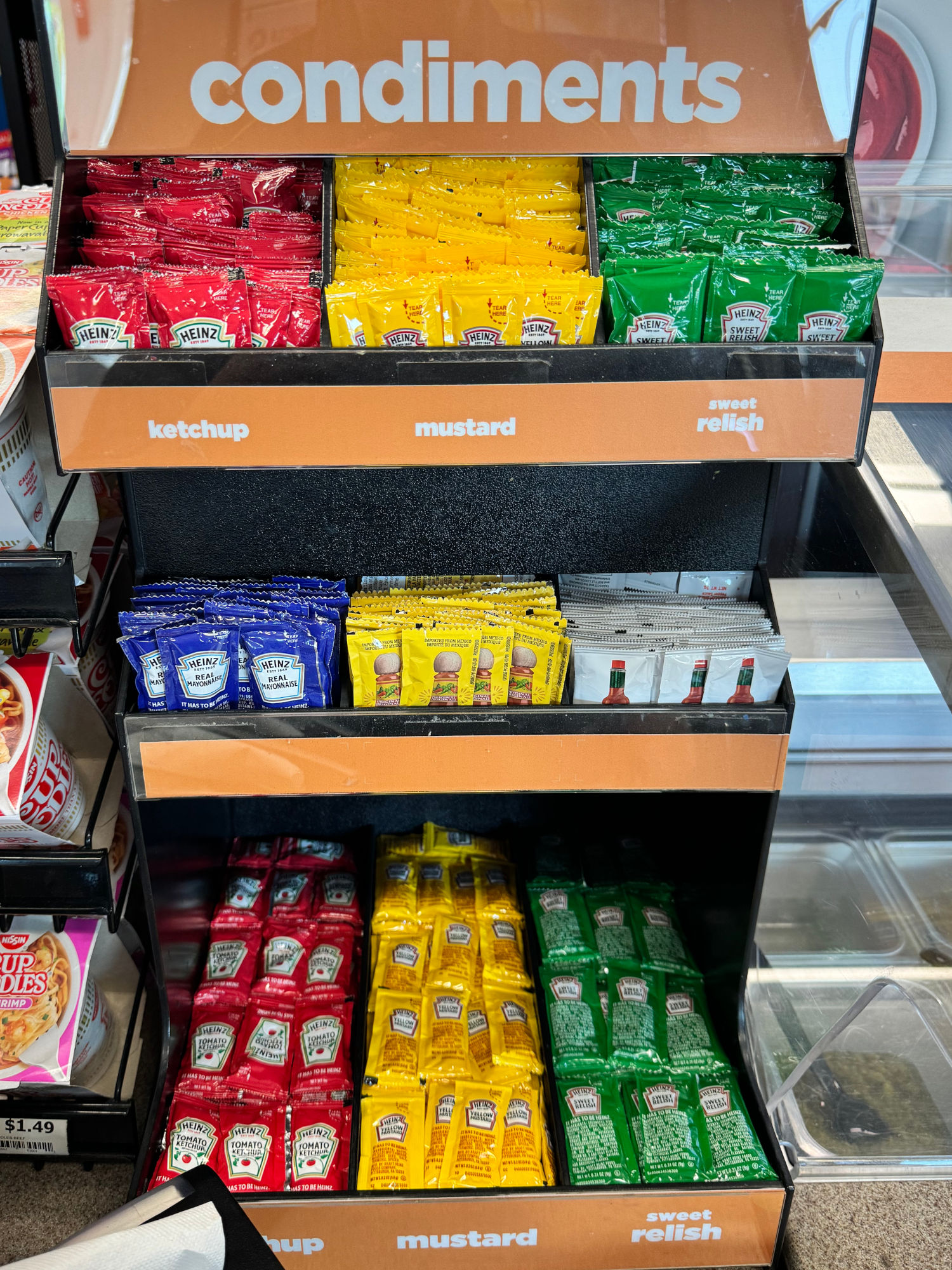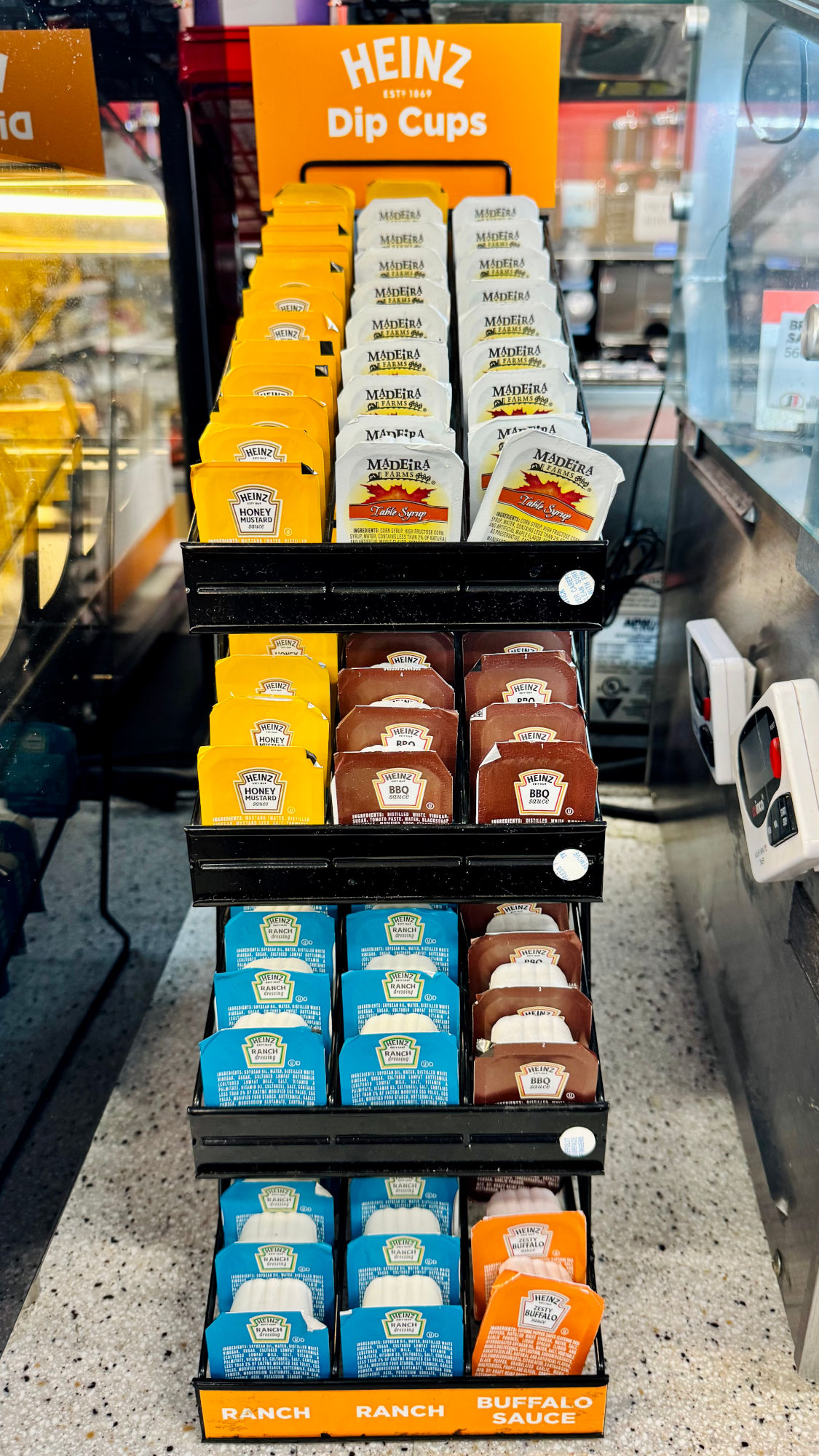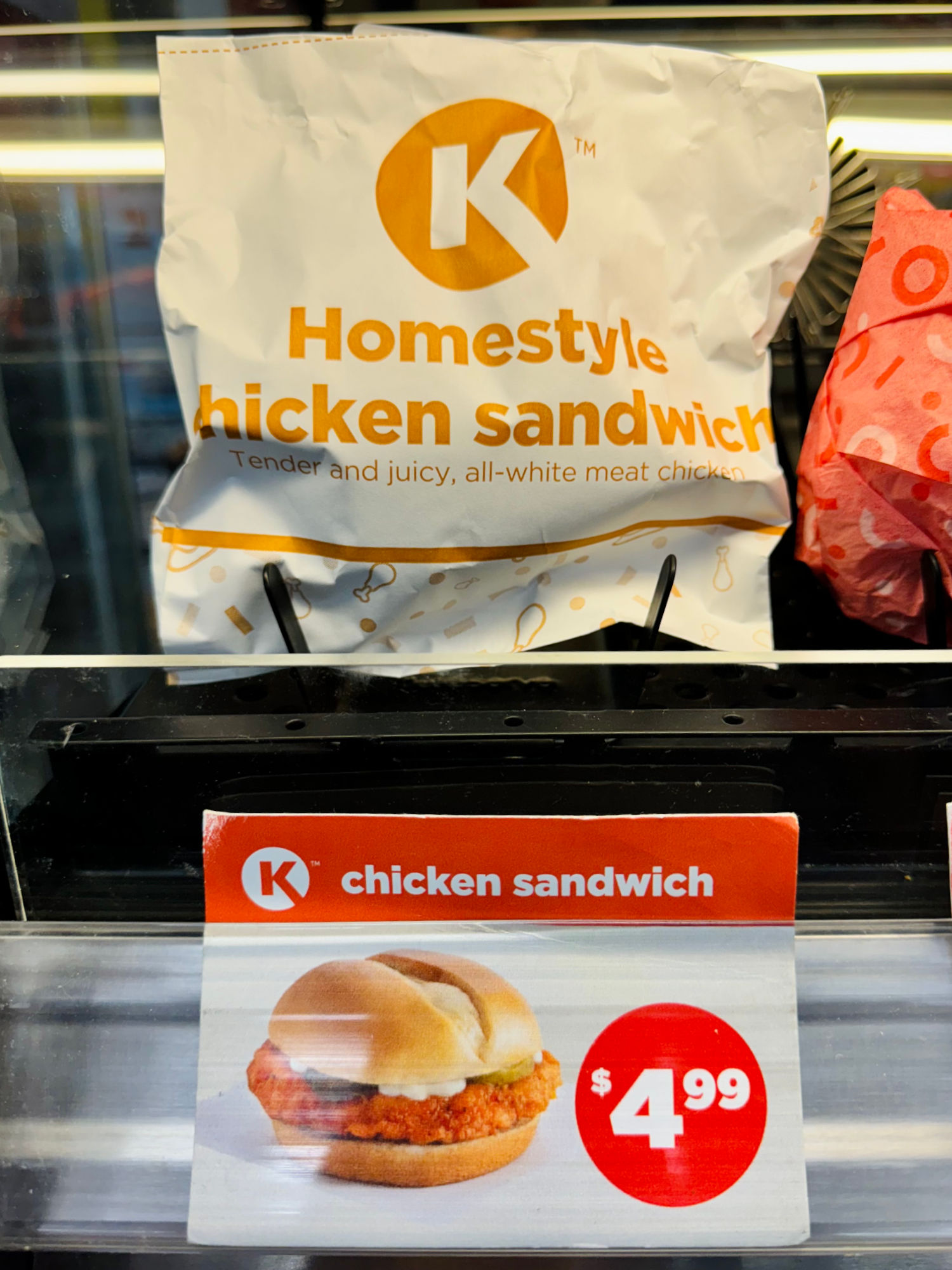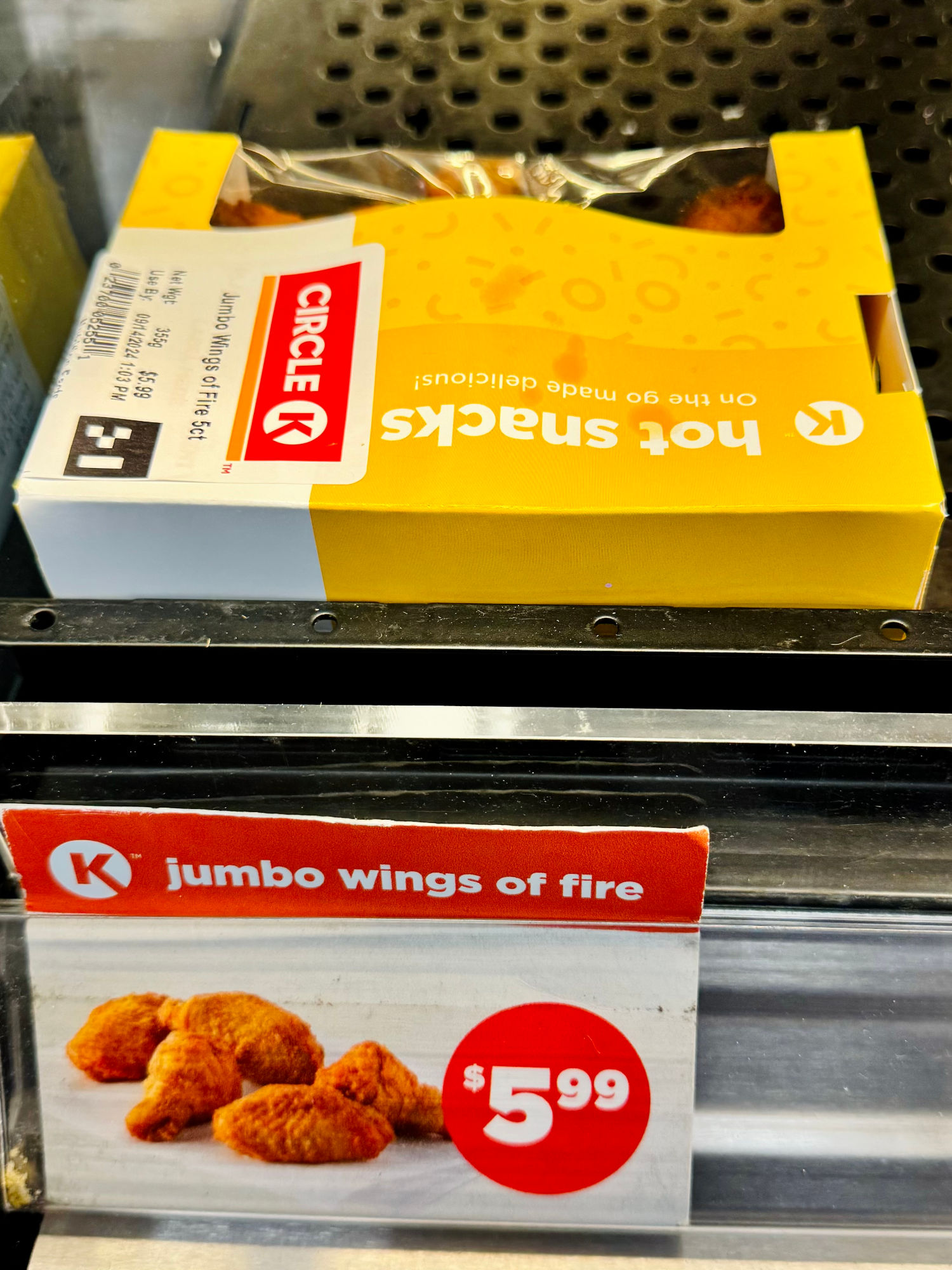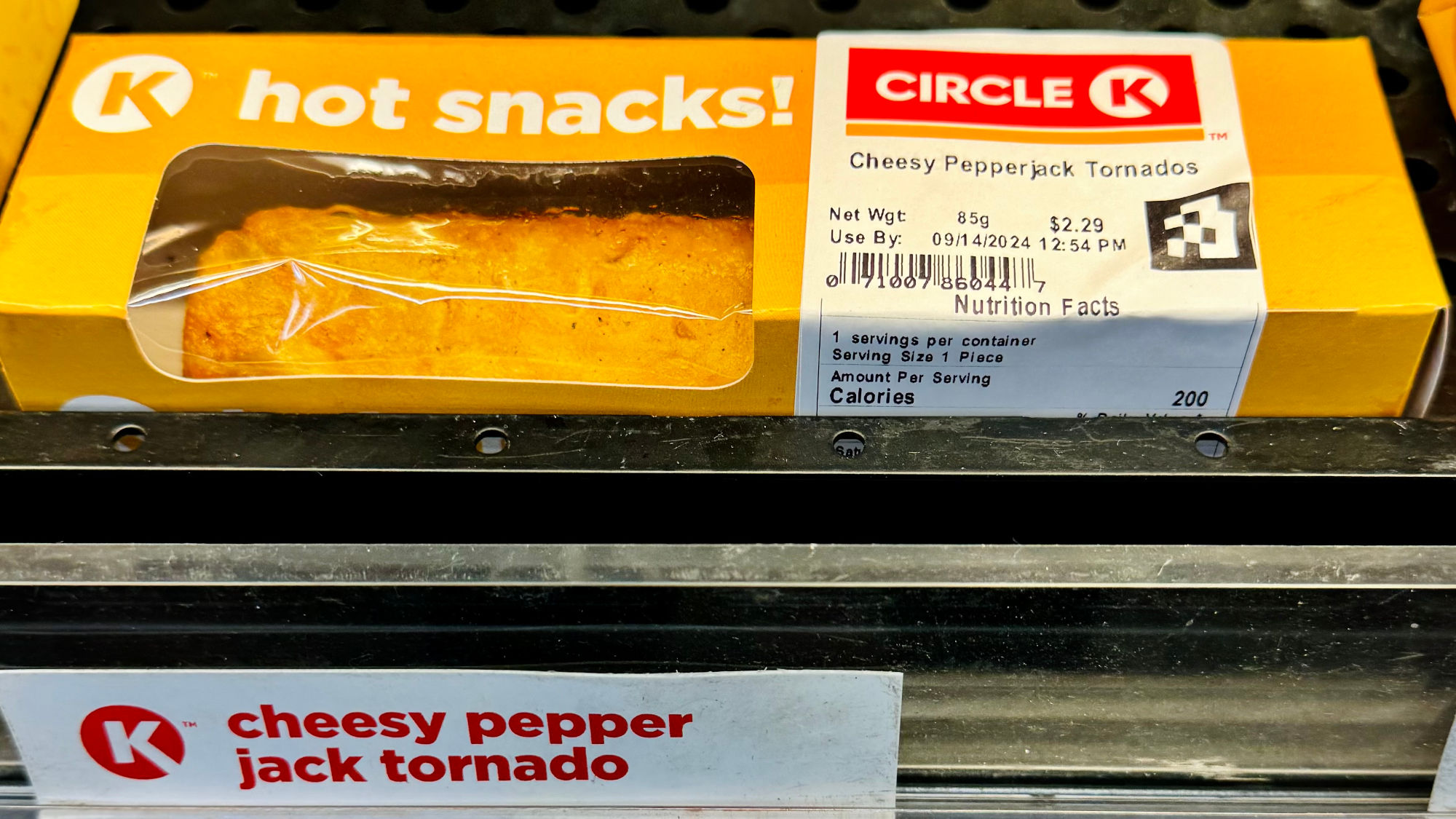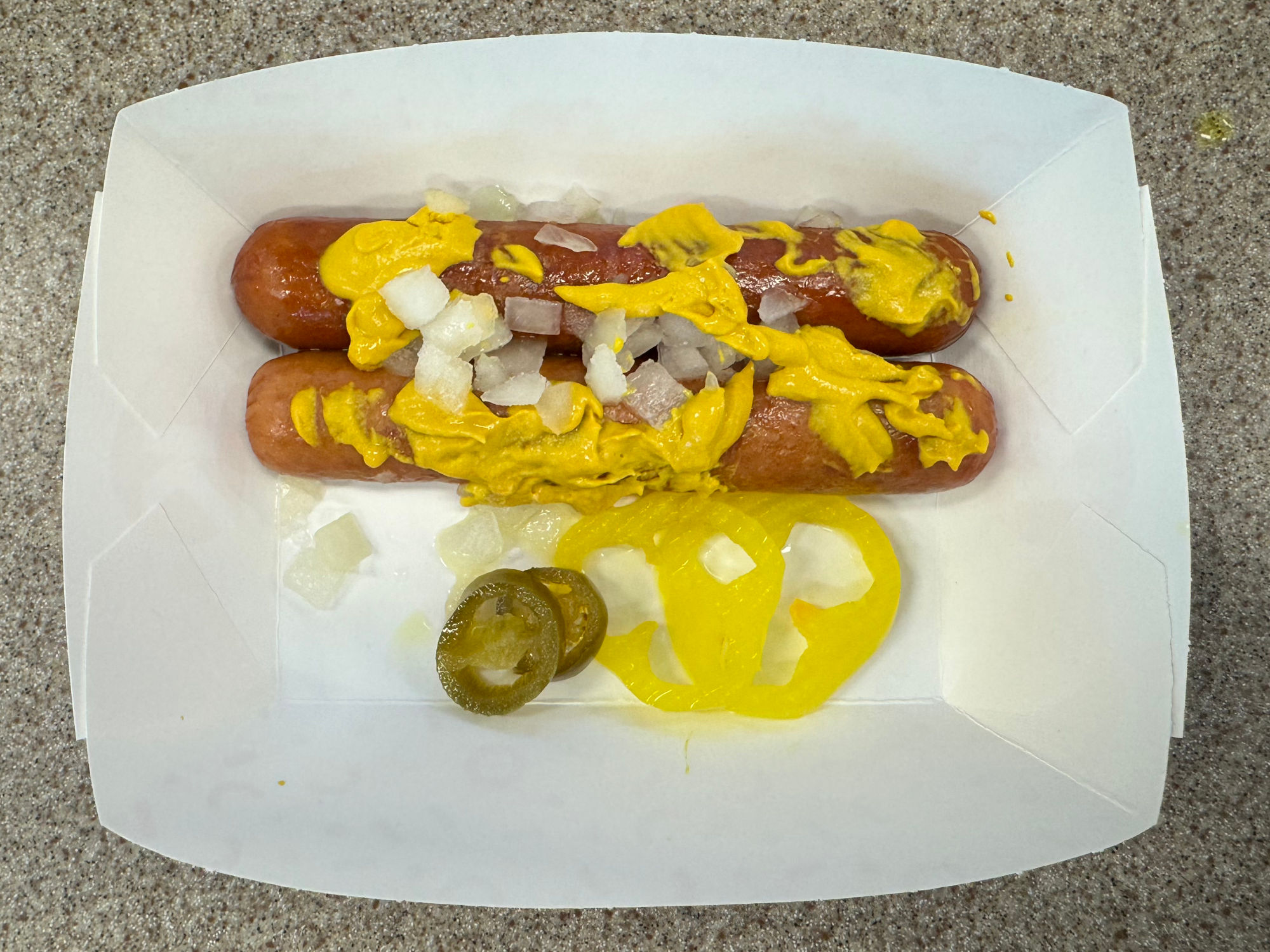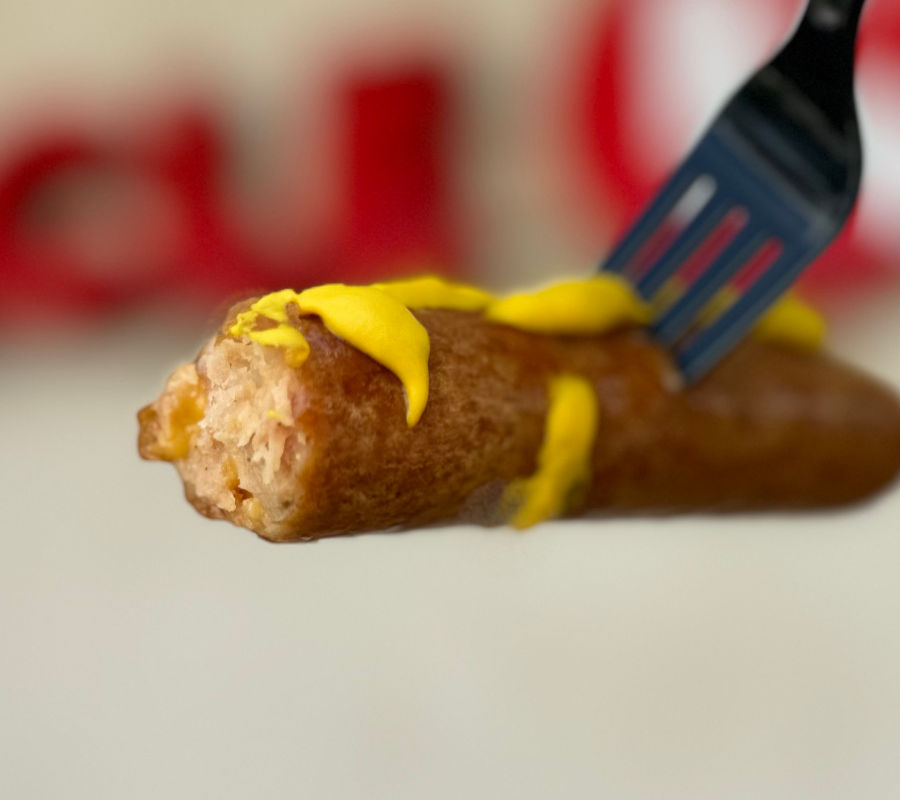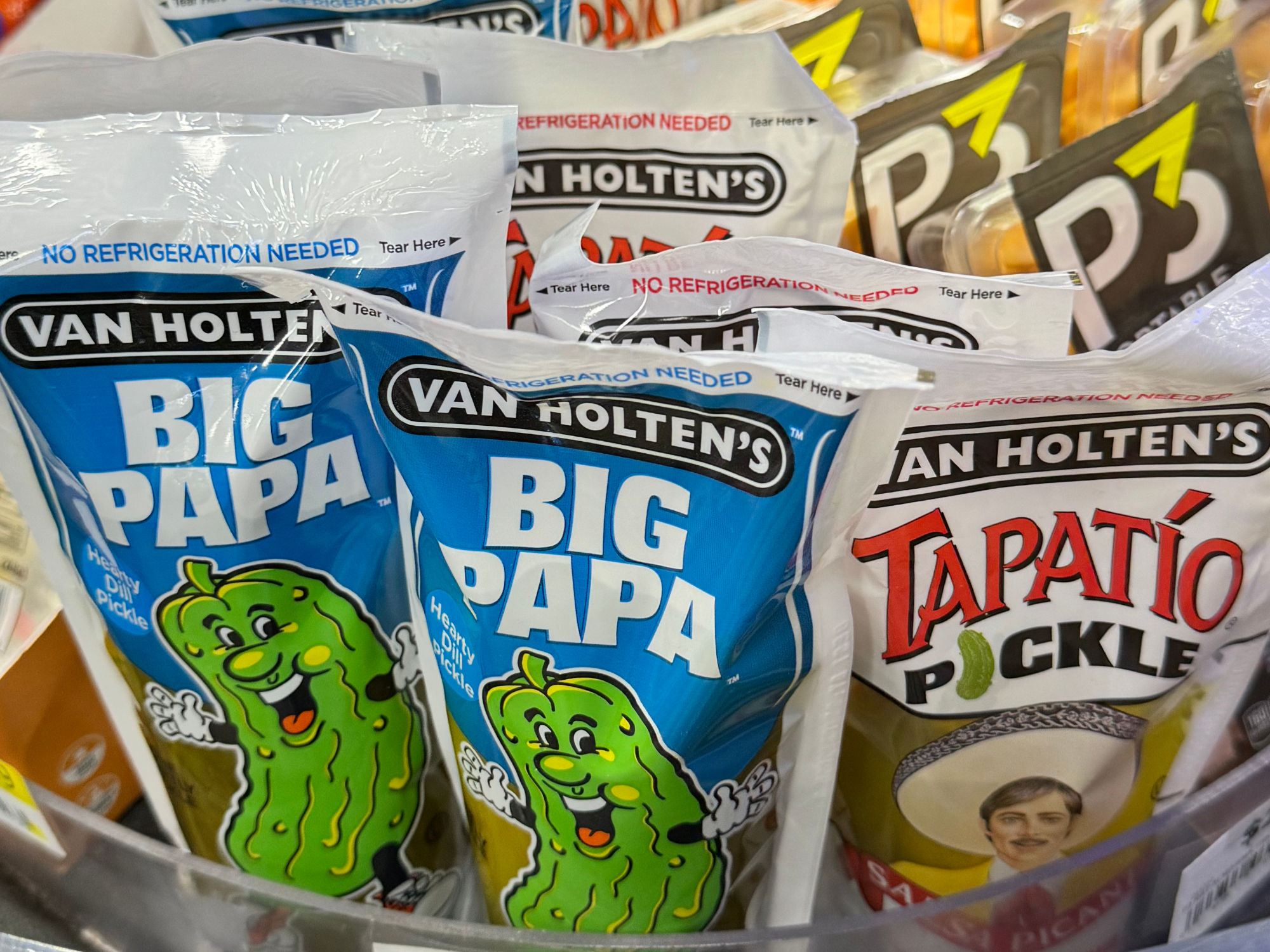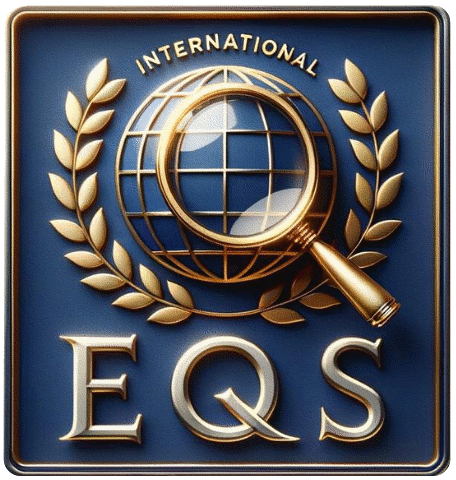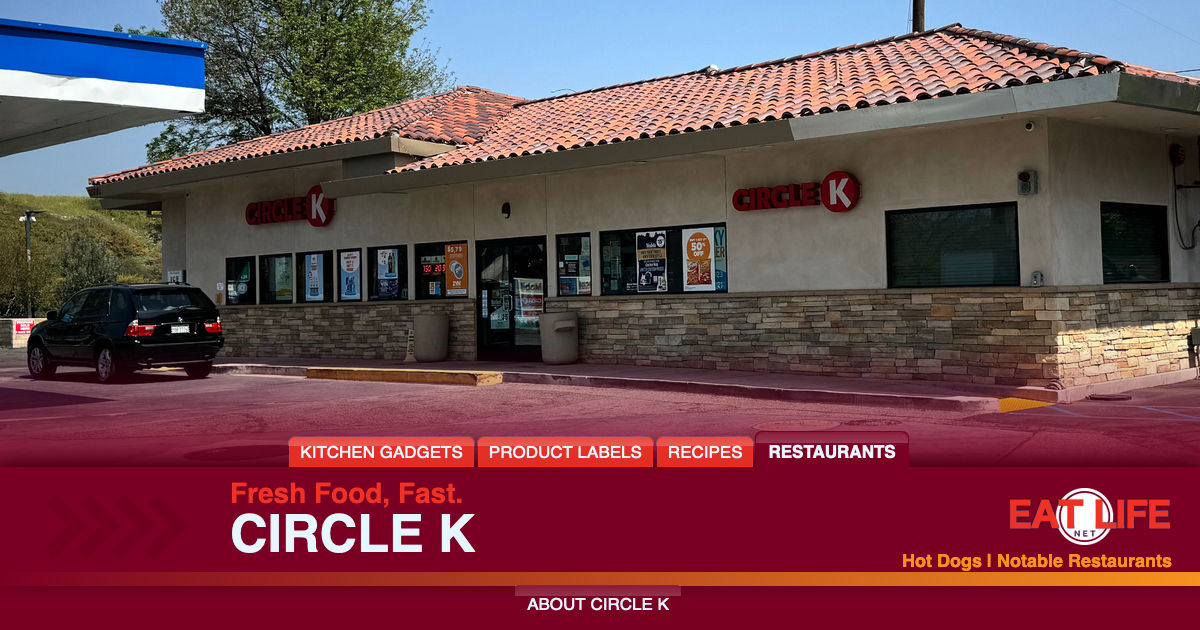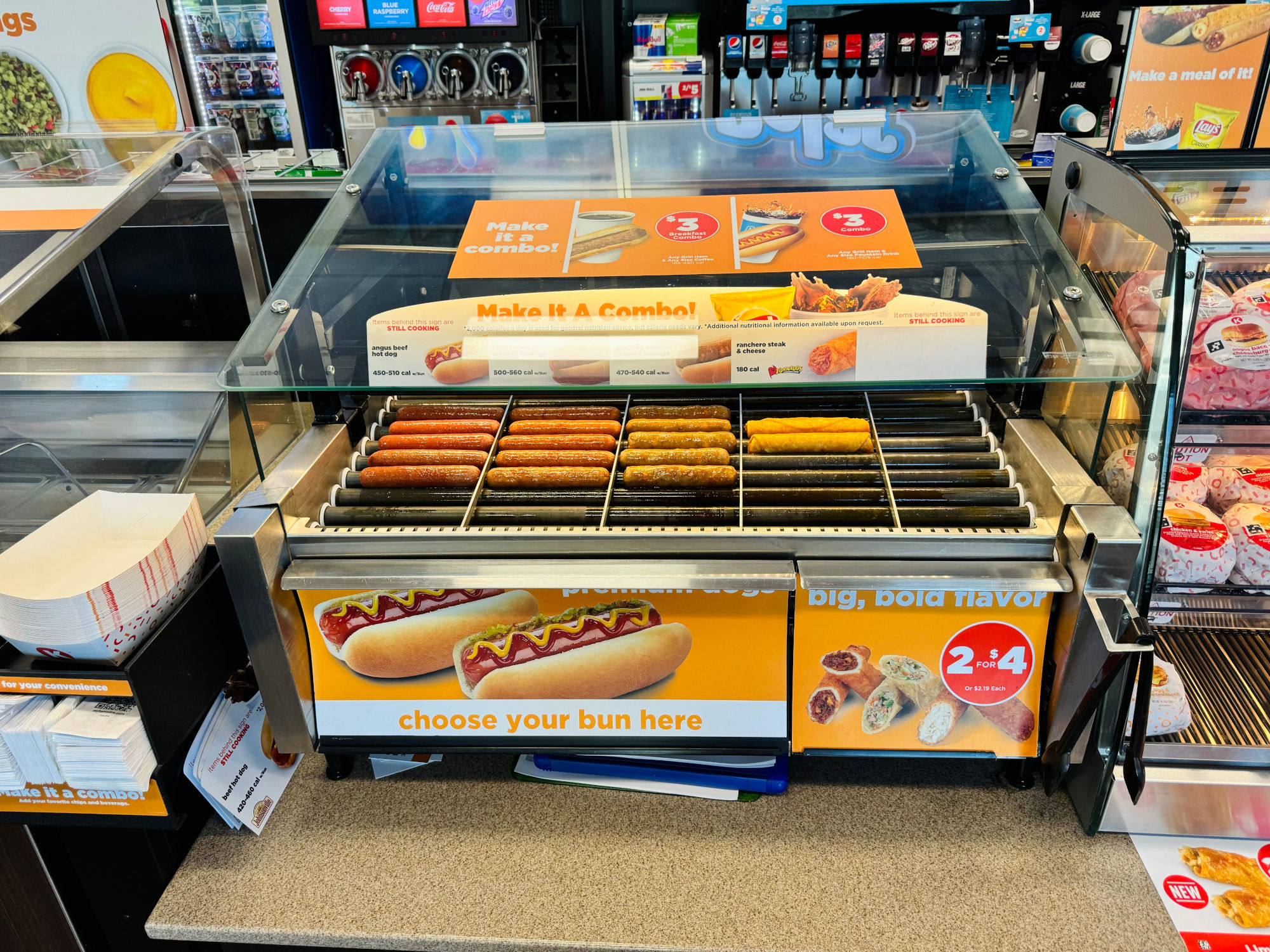
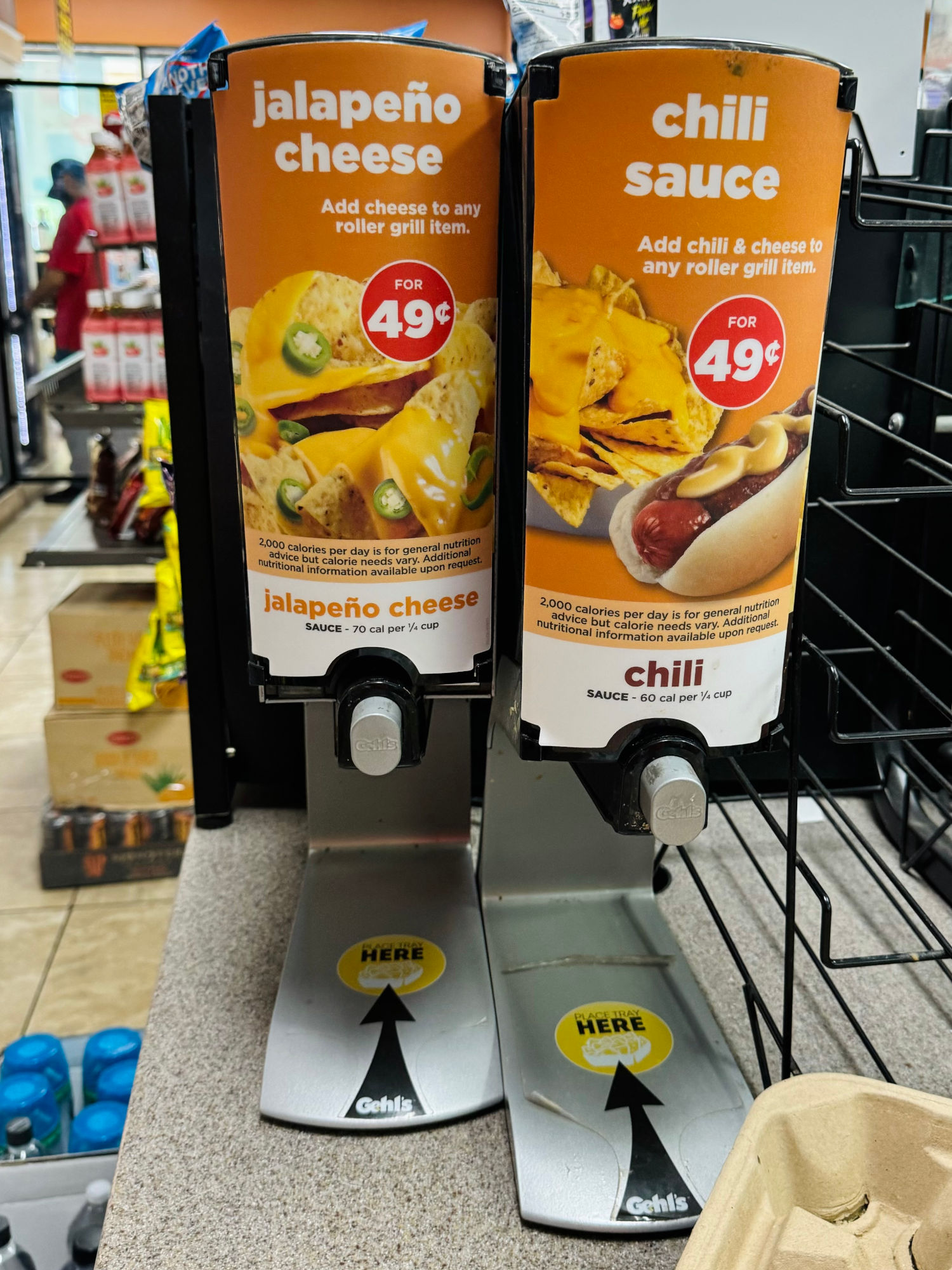
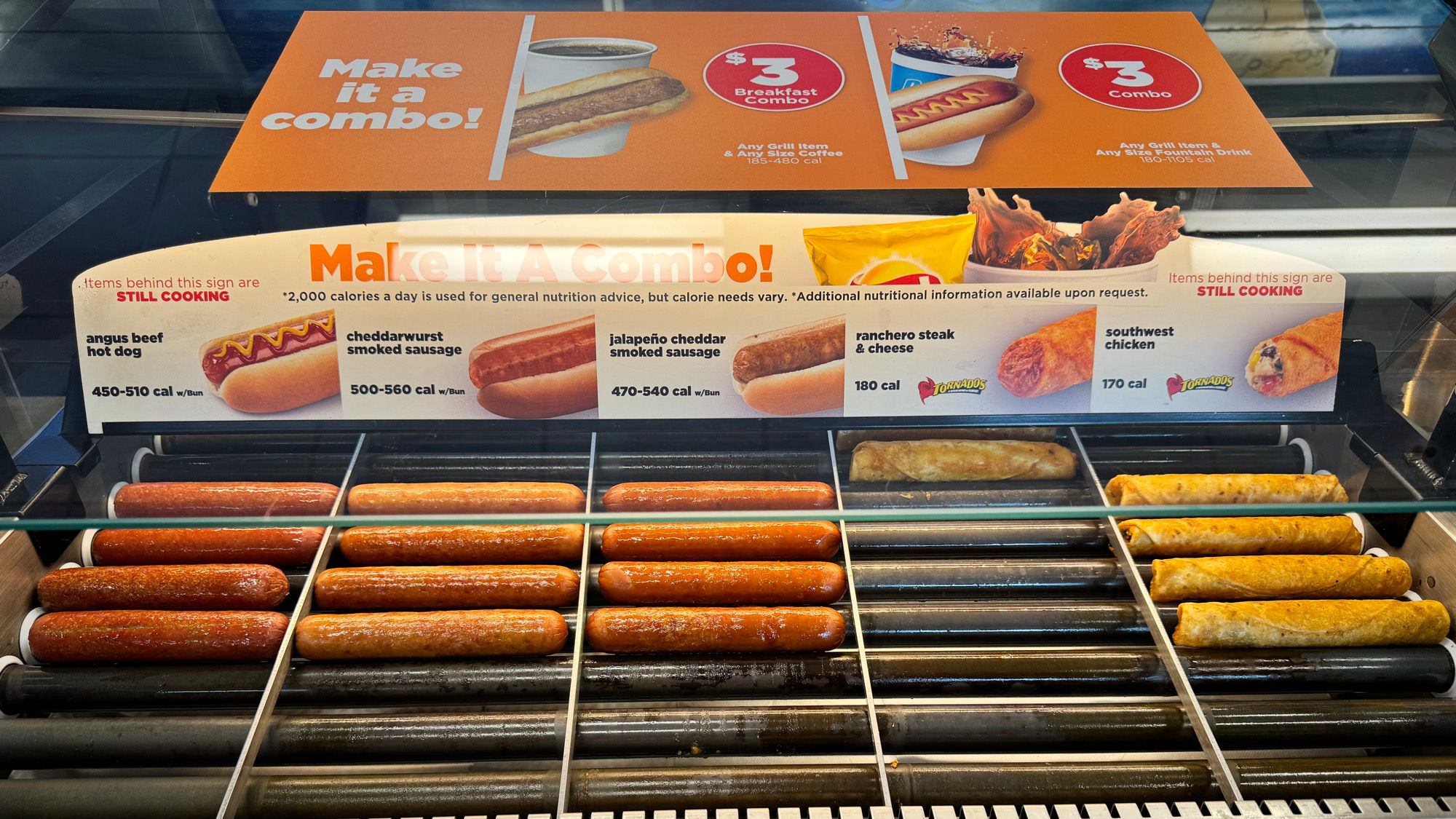
Hot Dogs
- Angus Beef Hot Dog
- Cheddarwurst Smoked Sausage
- Jalapeno Cheddar Smoked Sausage
Tornados
- Ranchero Steak & Cheese
- Southwest Chicken
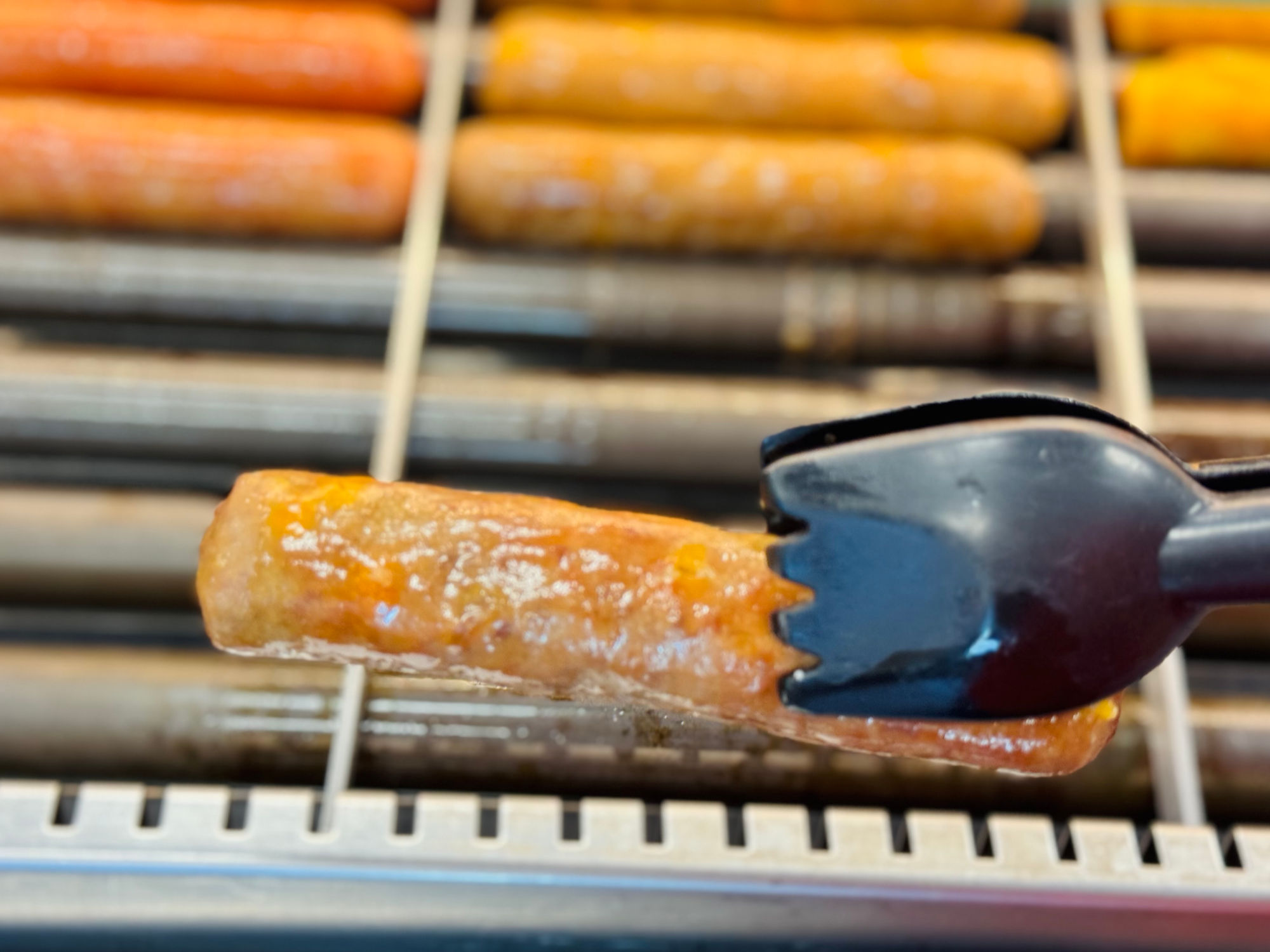

- Angus Bacon Cheeseburger
- Beef Chargrilled Cheeseburger
- Chicken & Swiss
- Rack o' Ribz Stacker
- Roast Beef Cheddar Melt
- Ham, Egg & Cheese Croissant
- Canadian Bacon, Egg & Cheese Muffin
- Sausage, Egg & Cheese Muffin
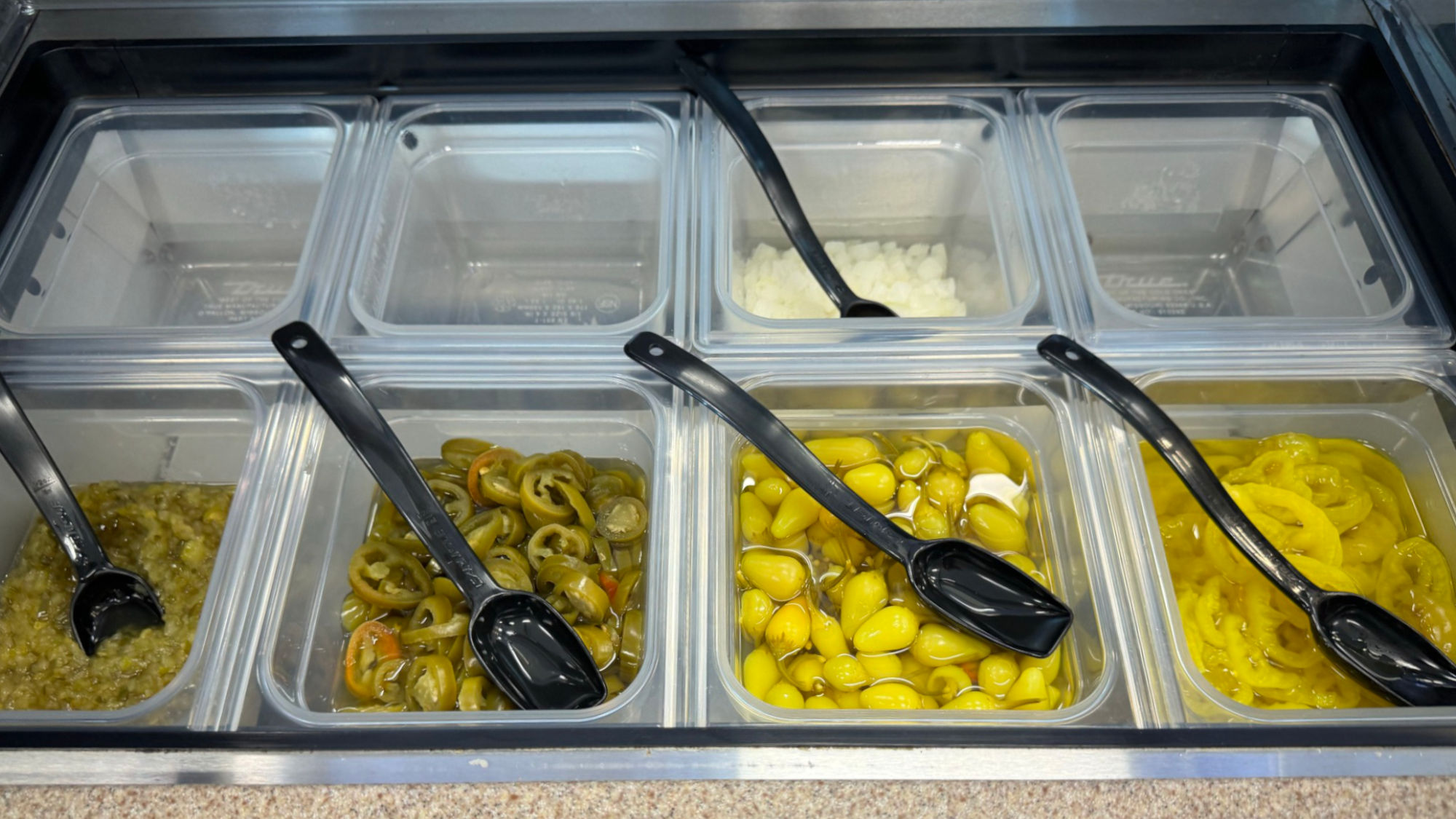
Hot Dog Toppings
- -
- -
- Onions
- -
- Relish
- Jalapenos
- Chili Peppers
- Banana Peppers
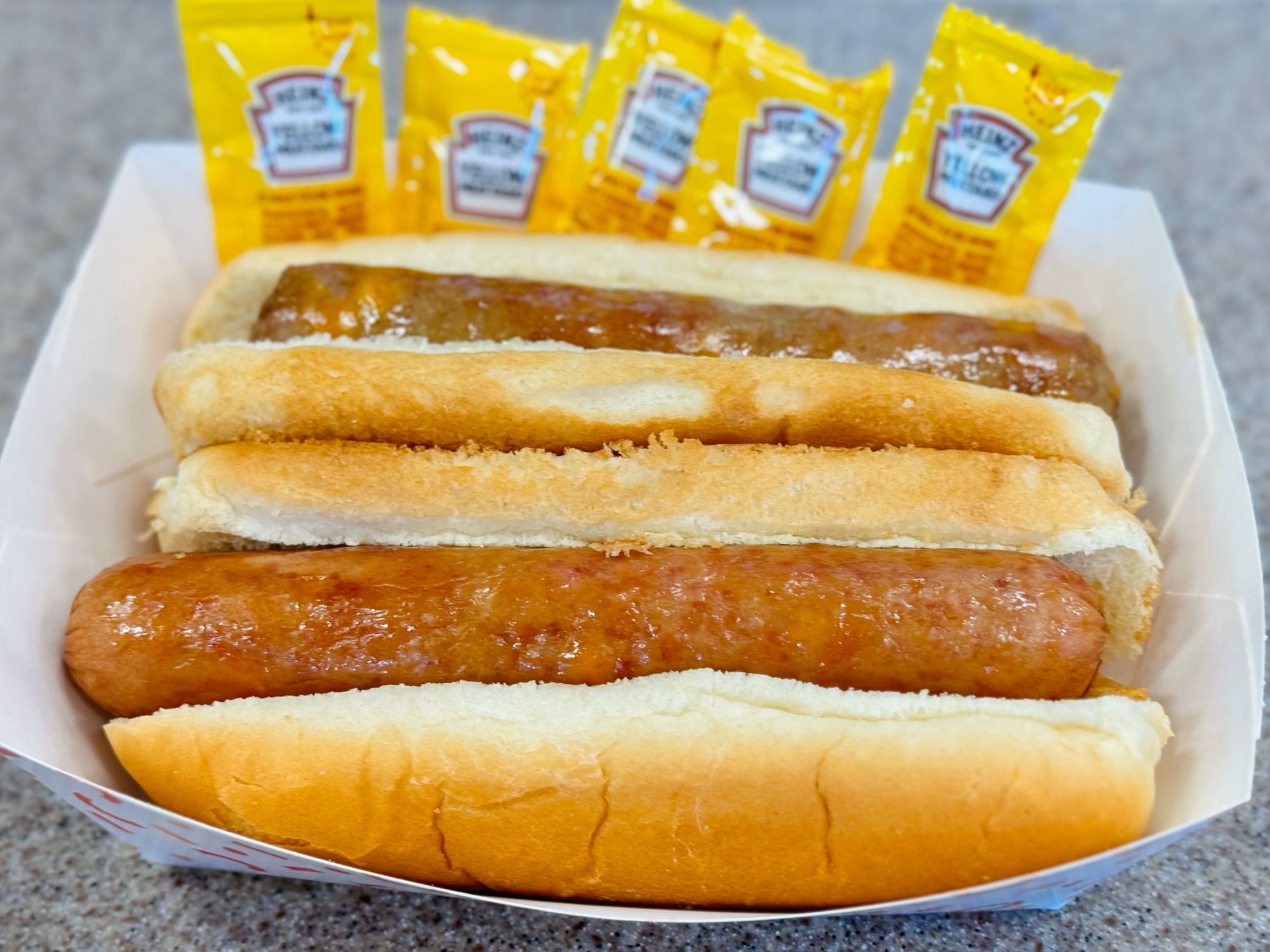
Hot Dogs
- Cheddarwurst Smoked Sausage
- Jalapeno Cheddar Smoked Sausage
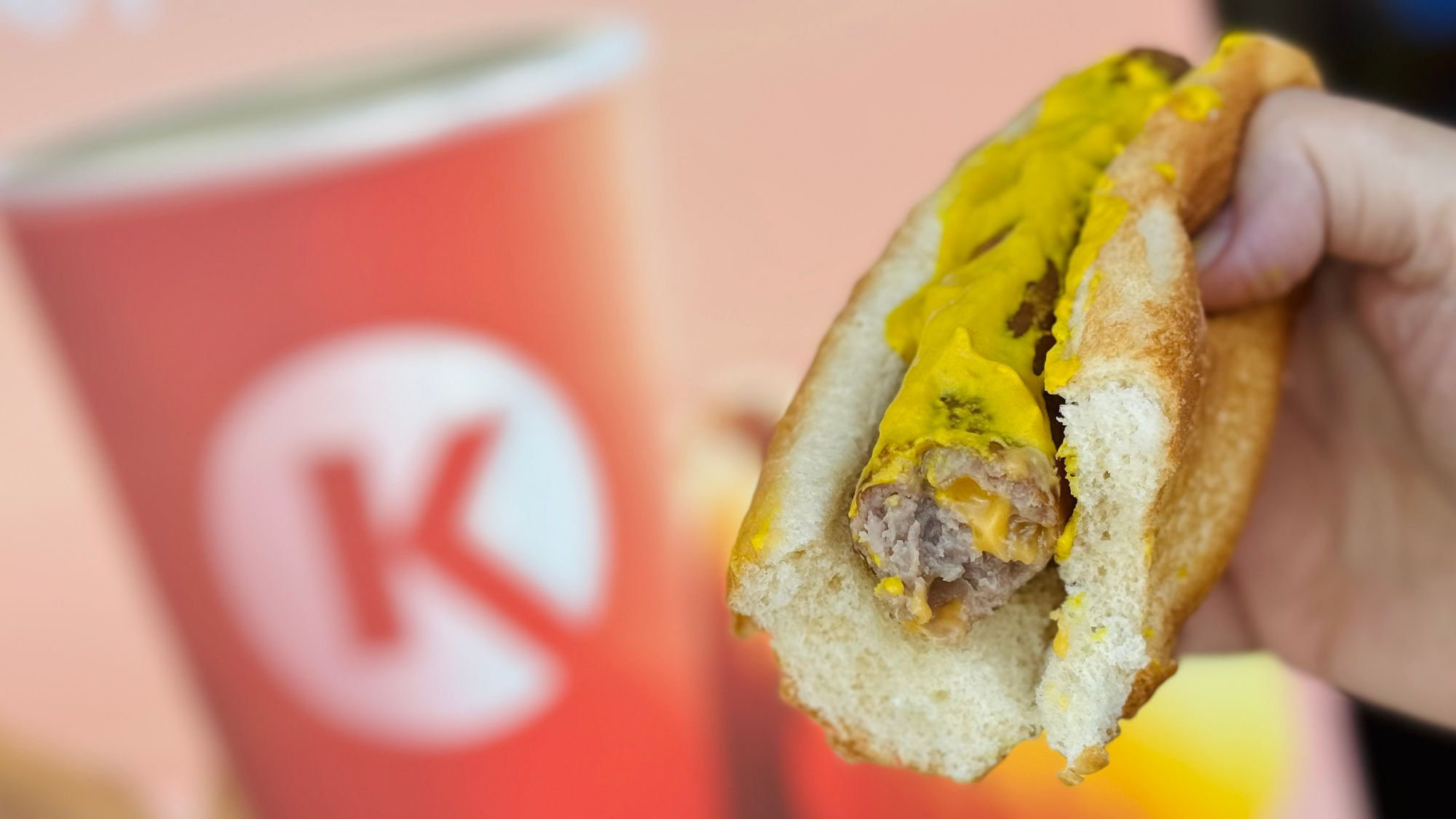
Cheddarwurst Smoked Sausage
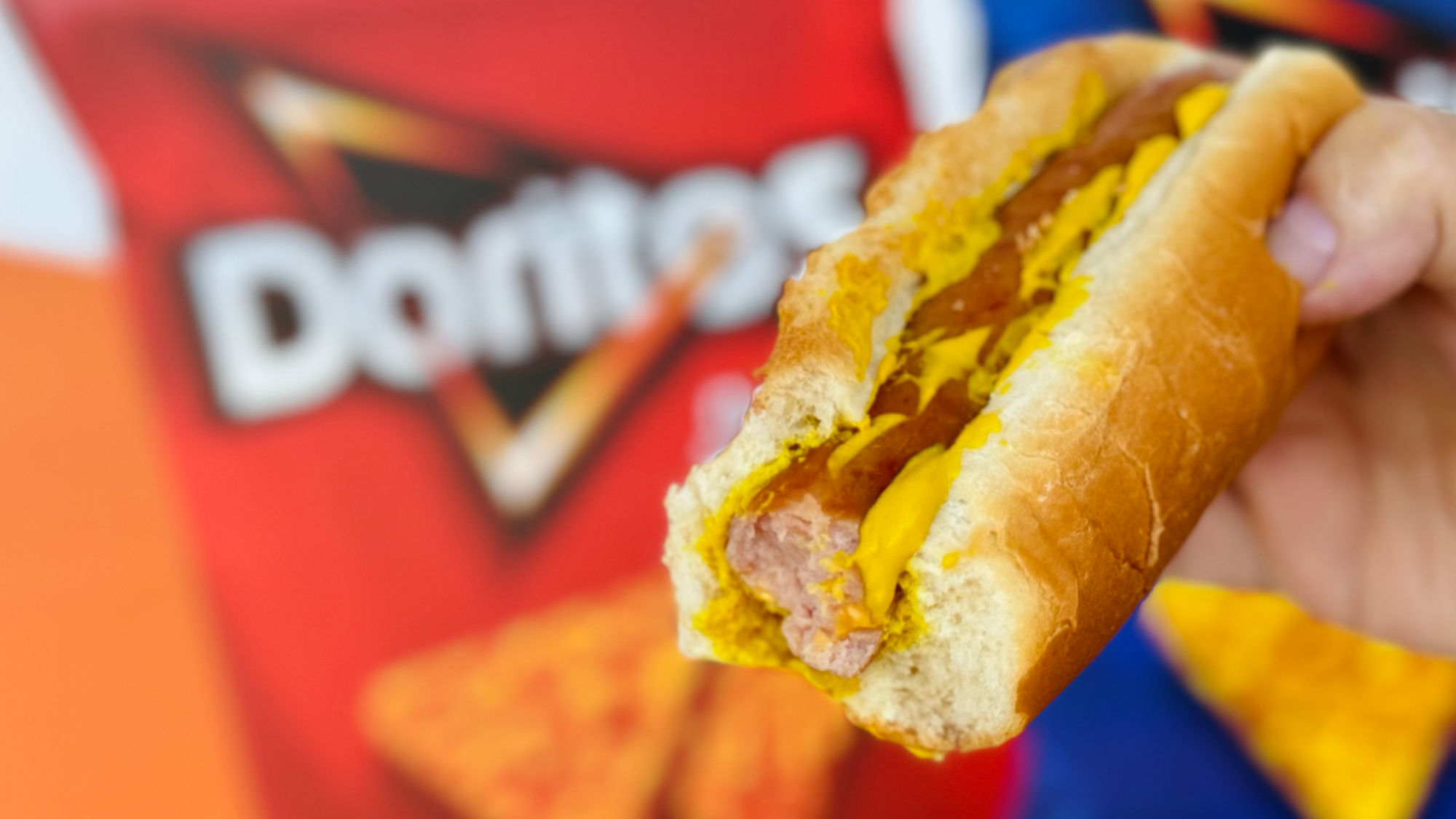
Jalapeno Cheddar Smoked Sausage
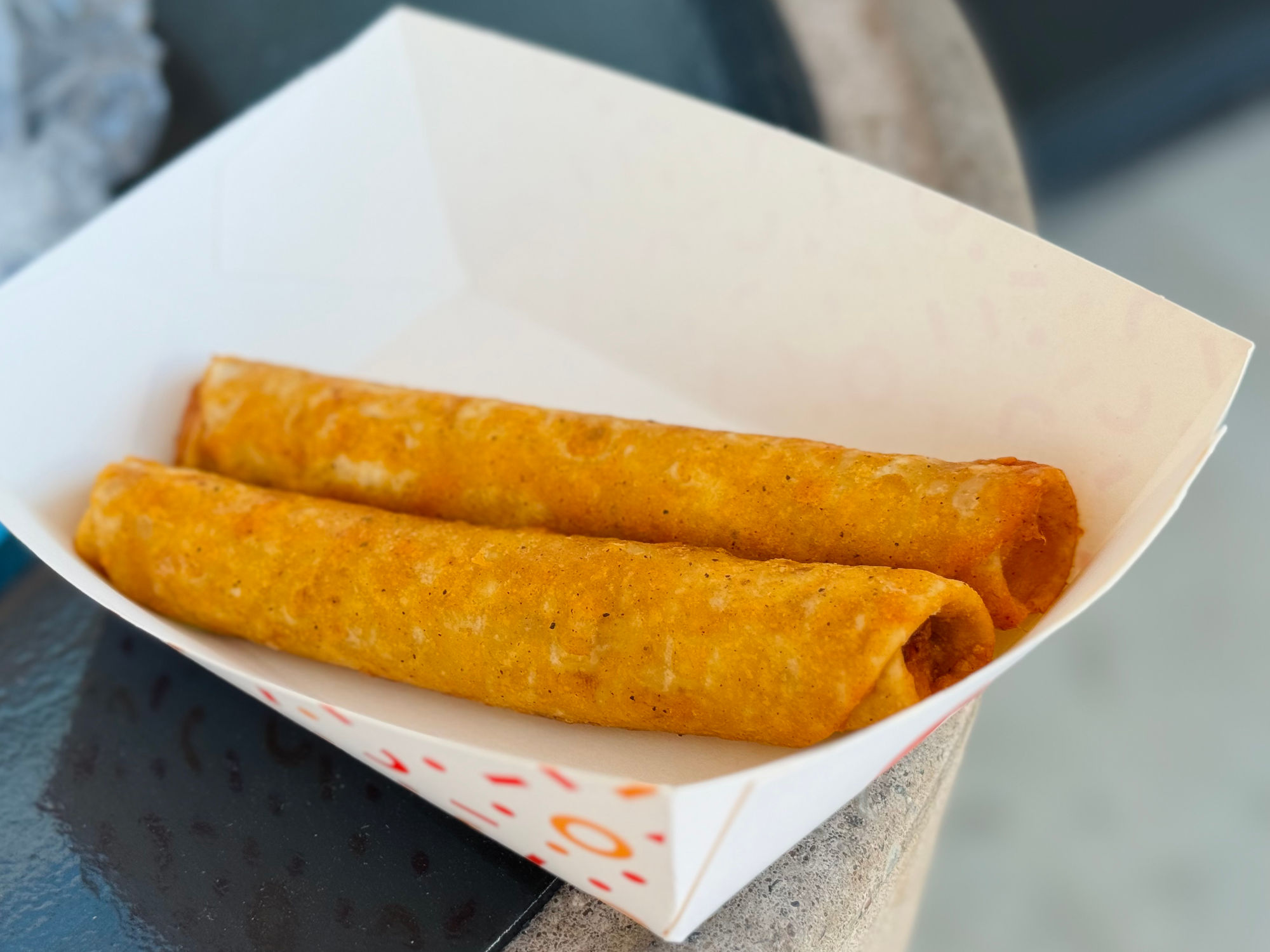
Tornados
- Ranchero Steak & Cheese
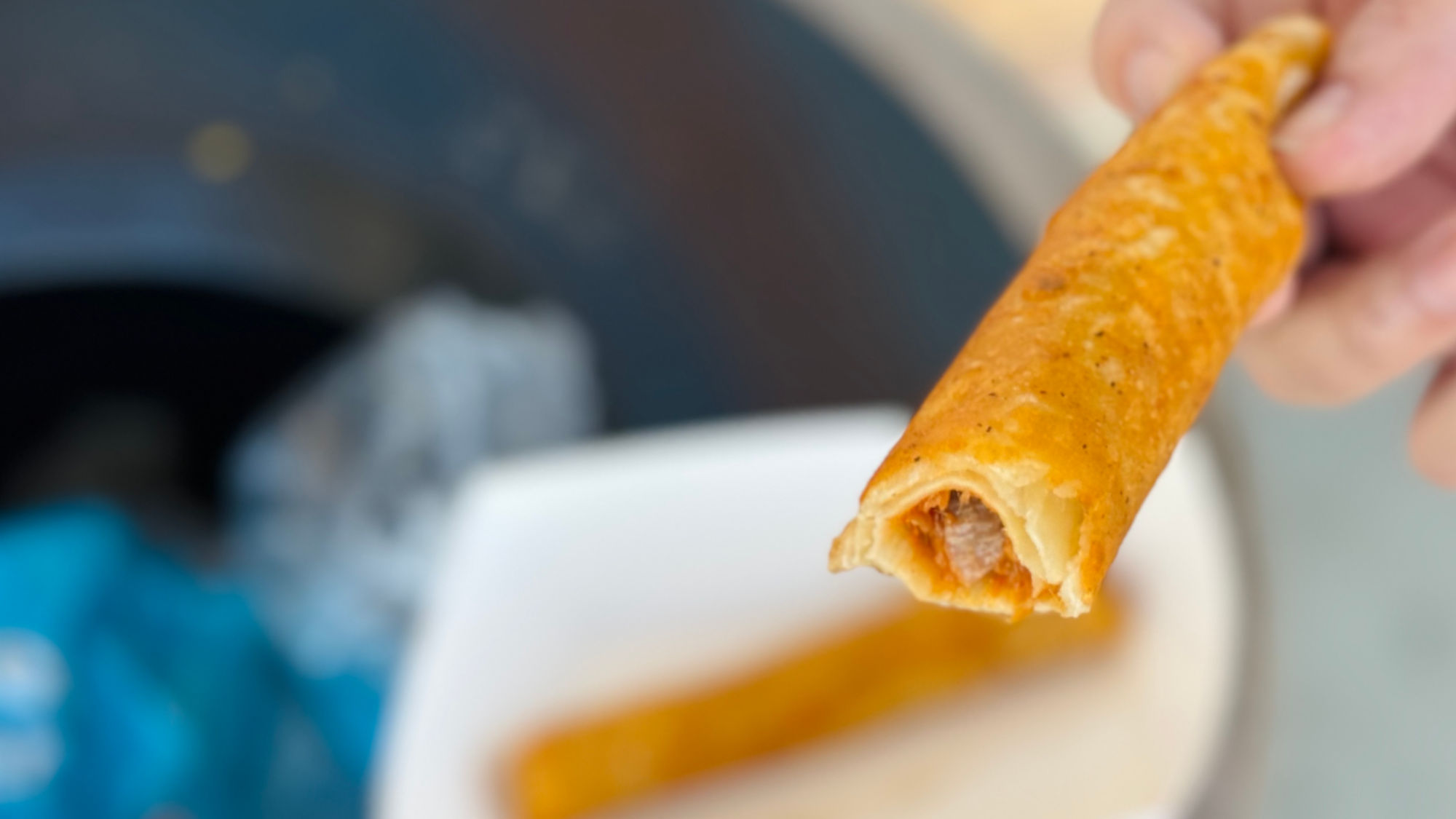
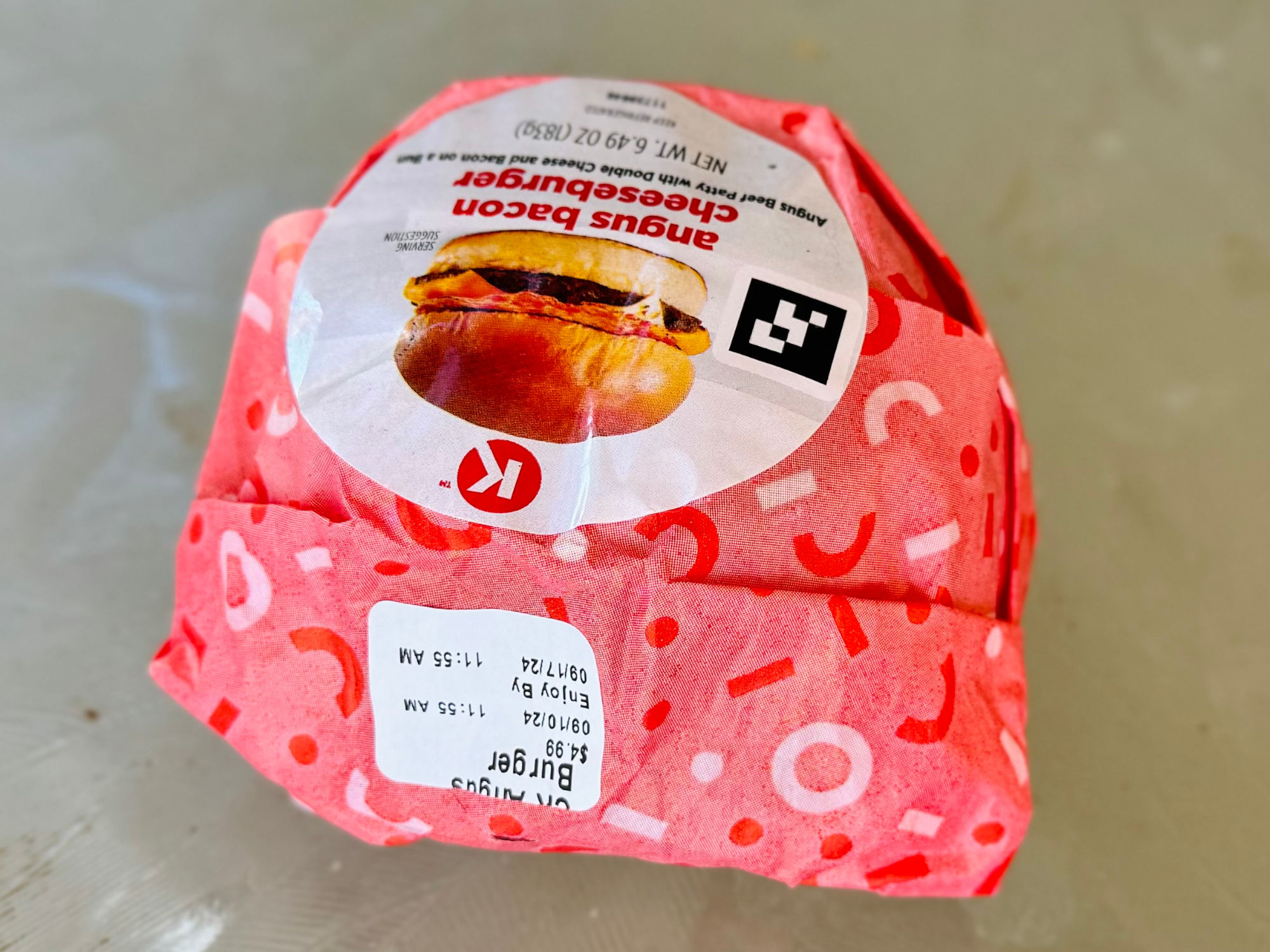
Angus Bacon Cheeseburger
- Angus Beef Patty
- Double Cheese
- Bacon
- Bun

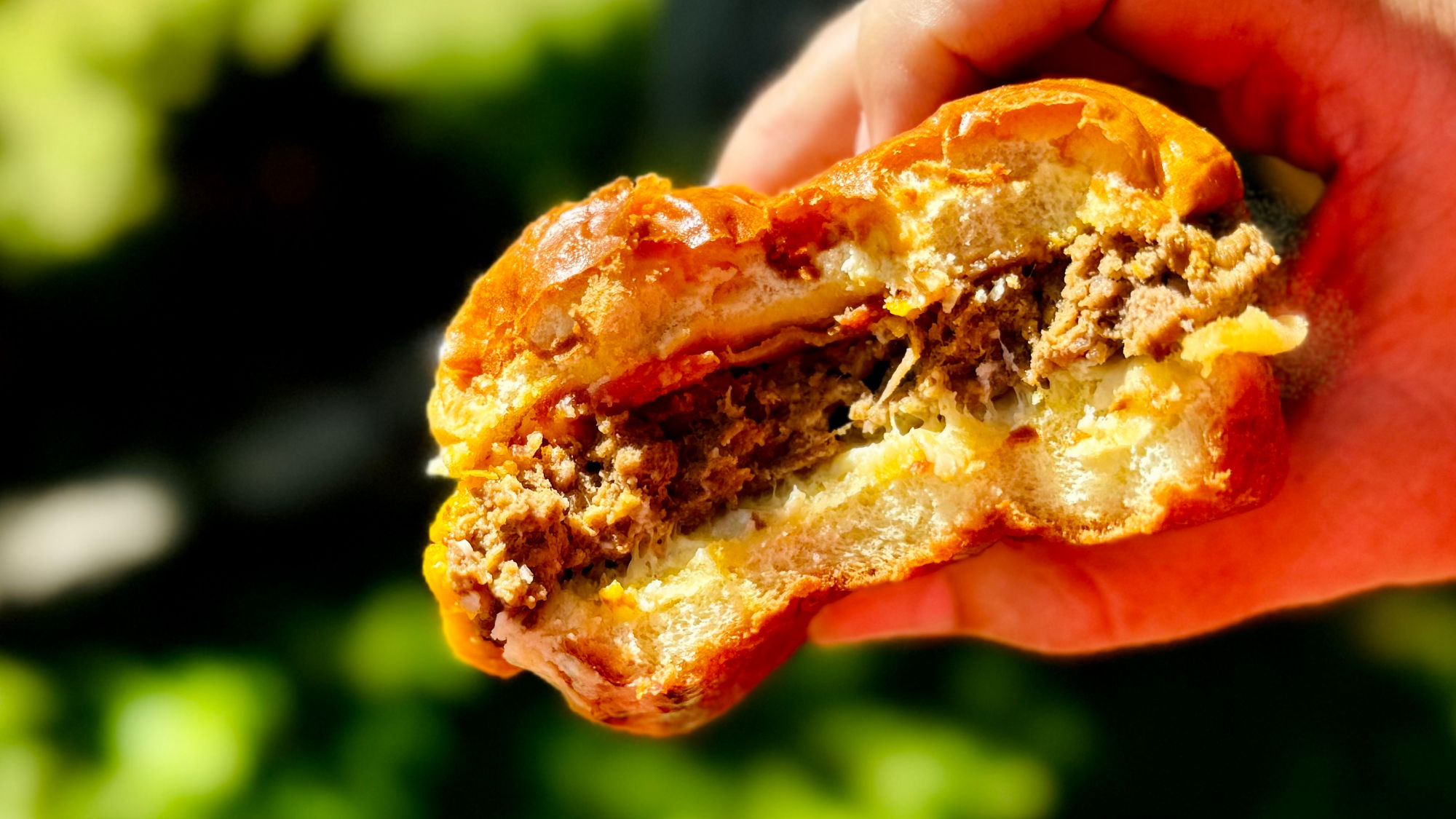
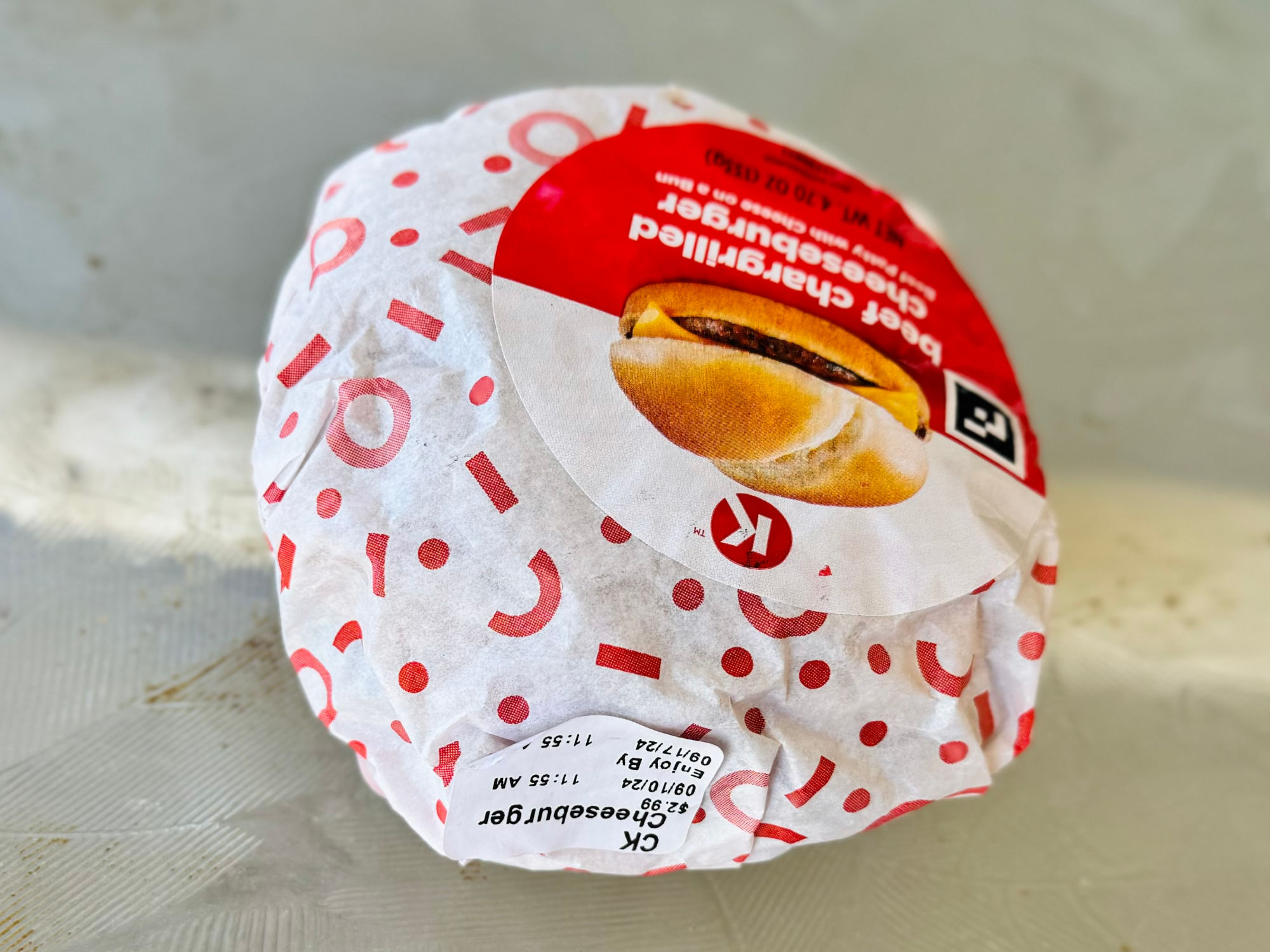
Beef Chargrilled Cheeseburger
- Beef Patty
- Cheese
- Bun
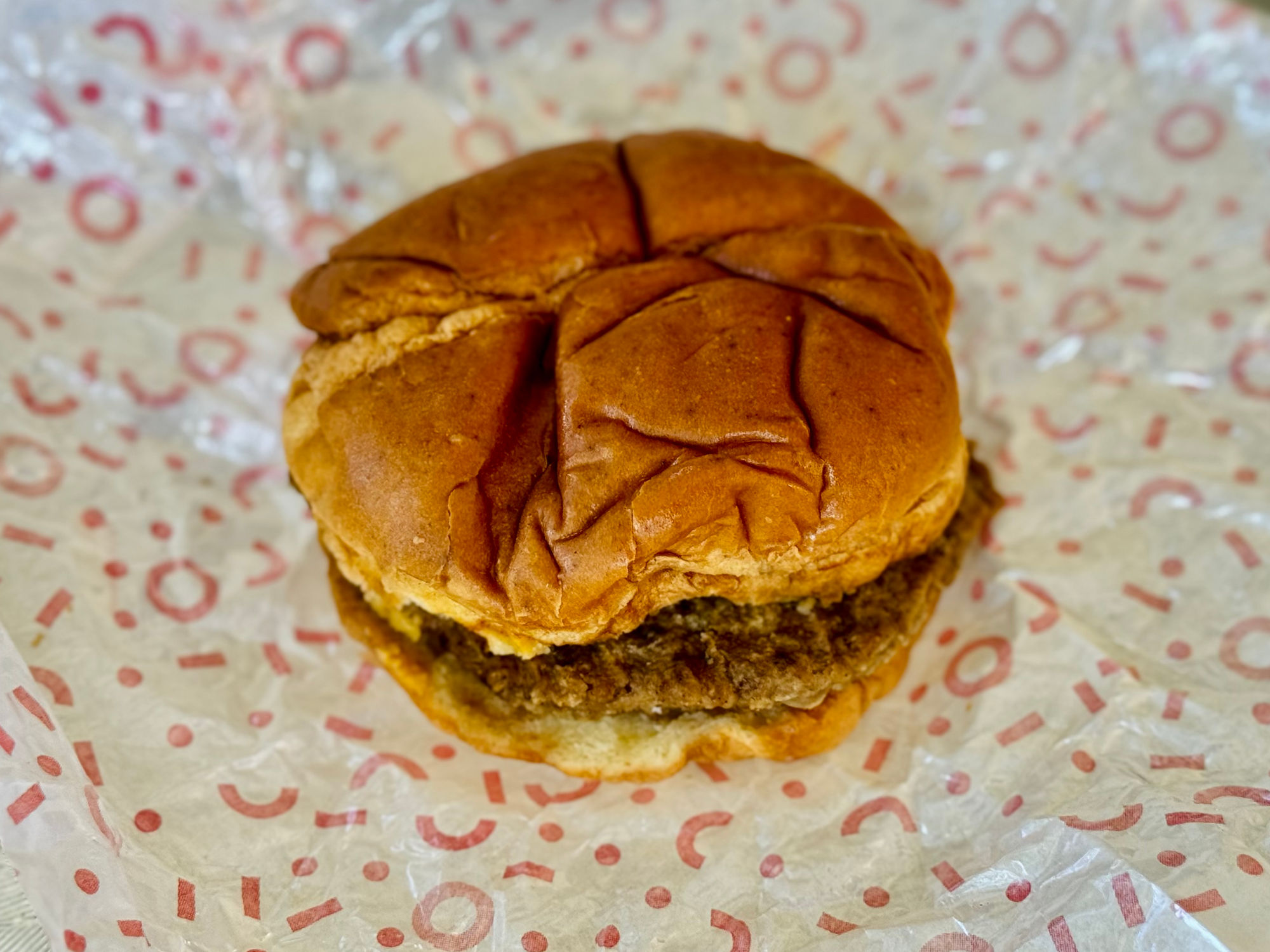
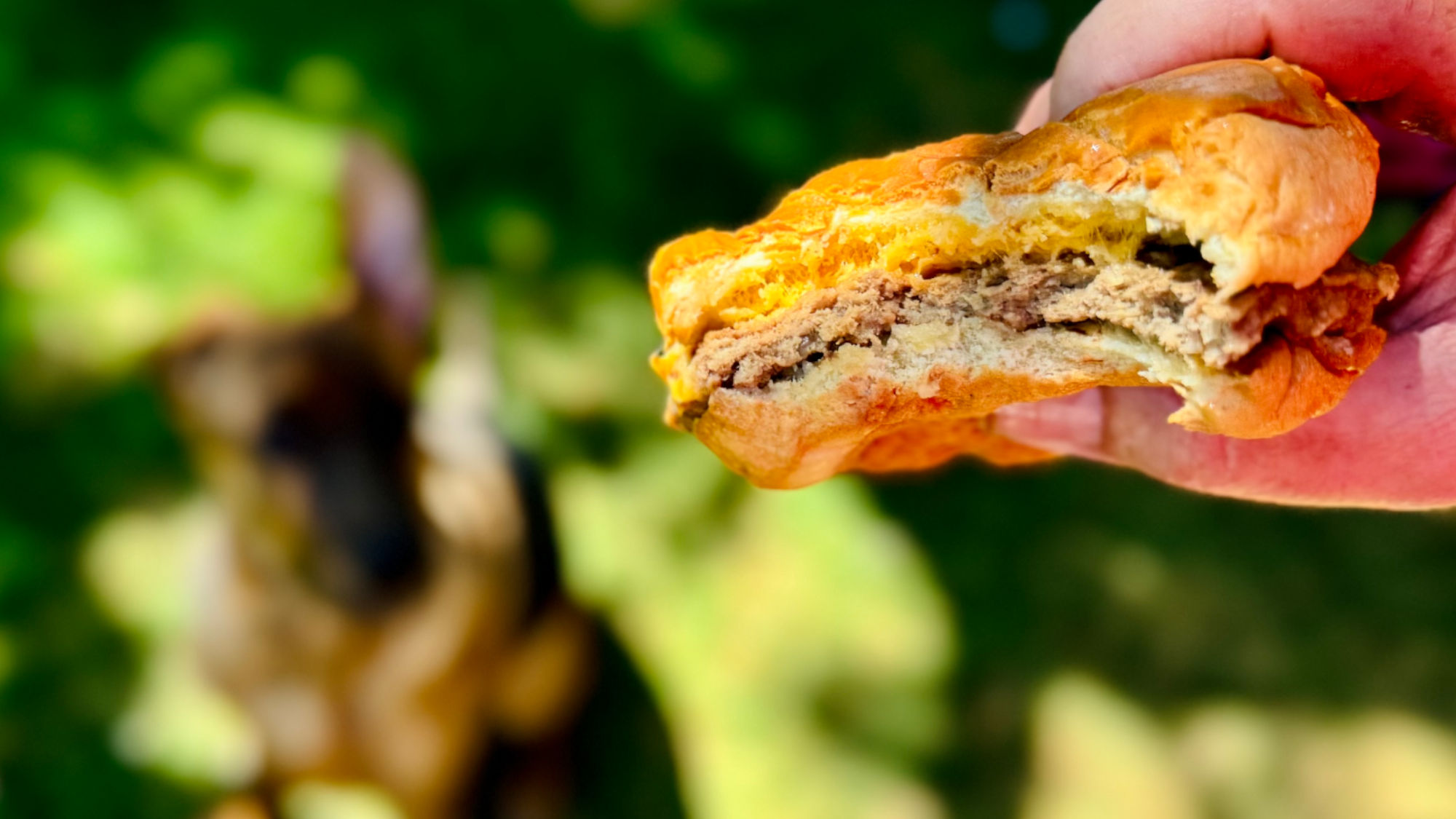
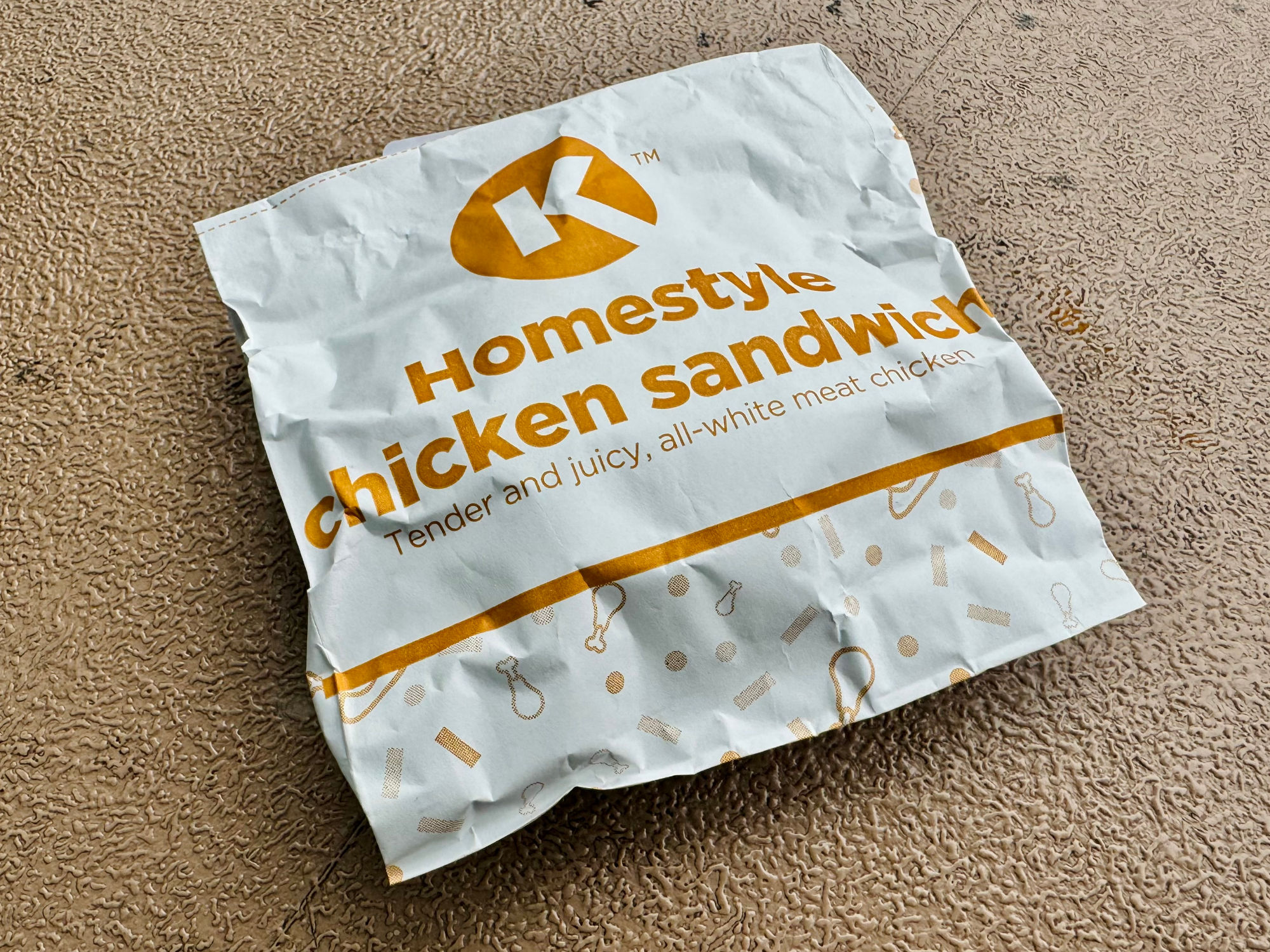
Homestyle Chicken Sandwich
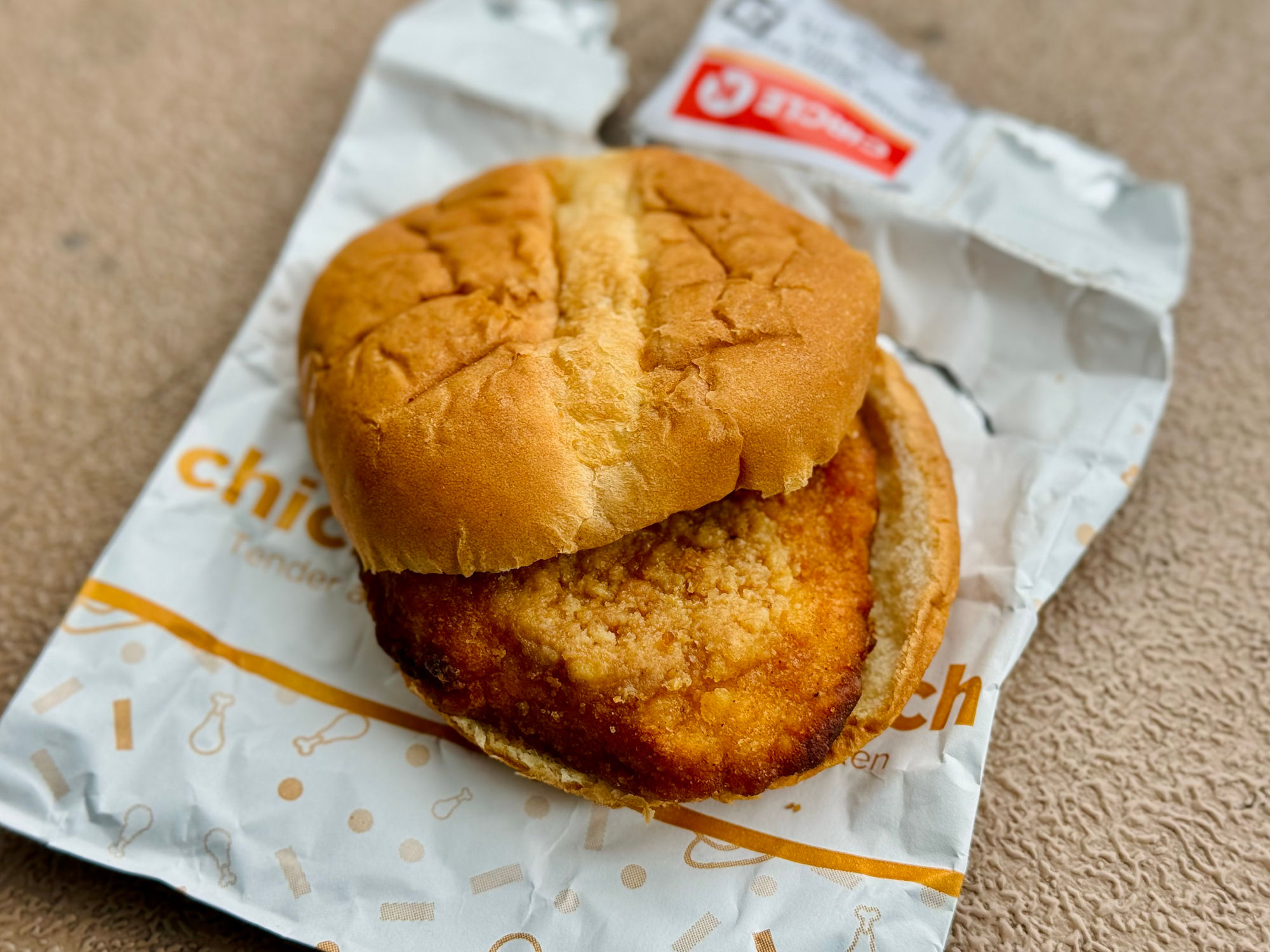
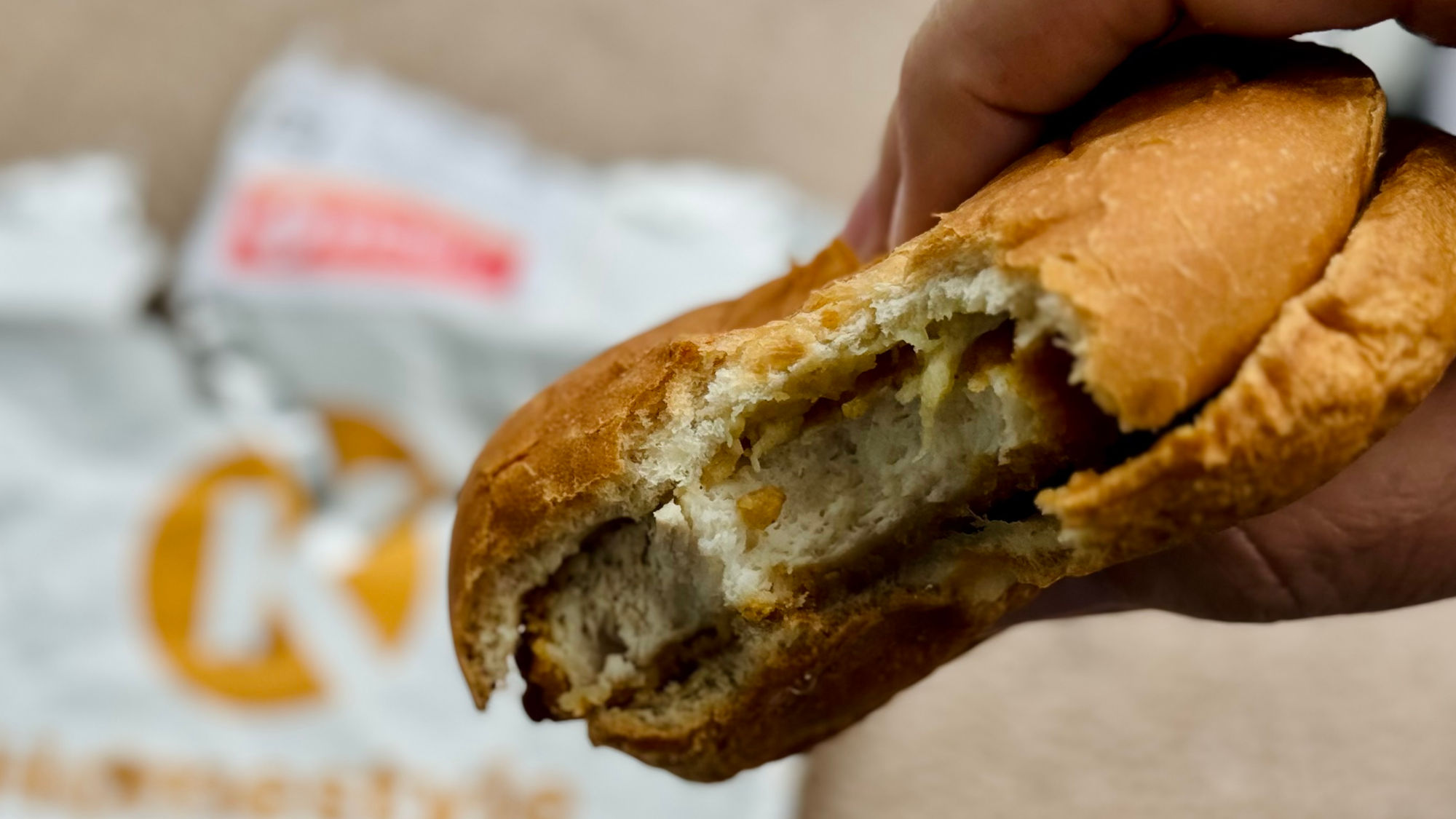
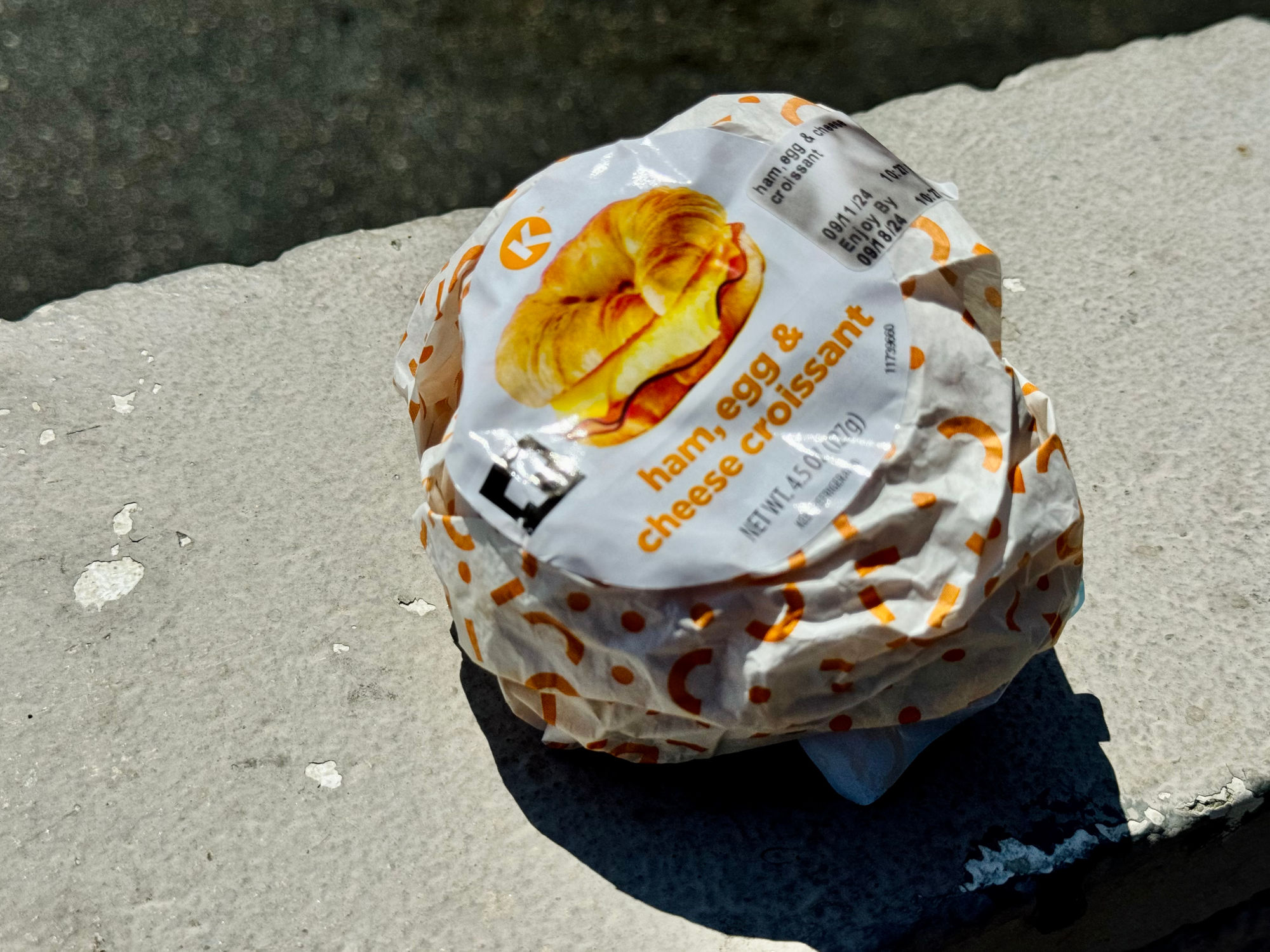
Ham, Egg & Cheese Croissant
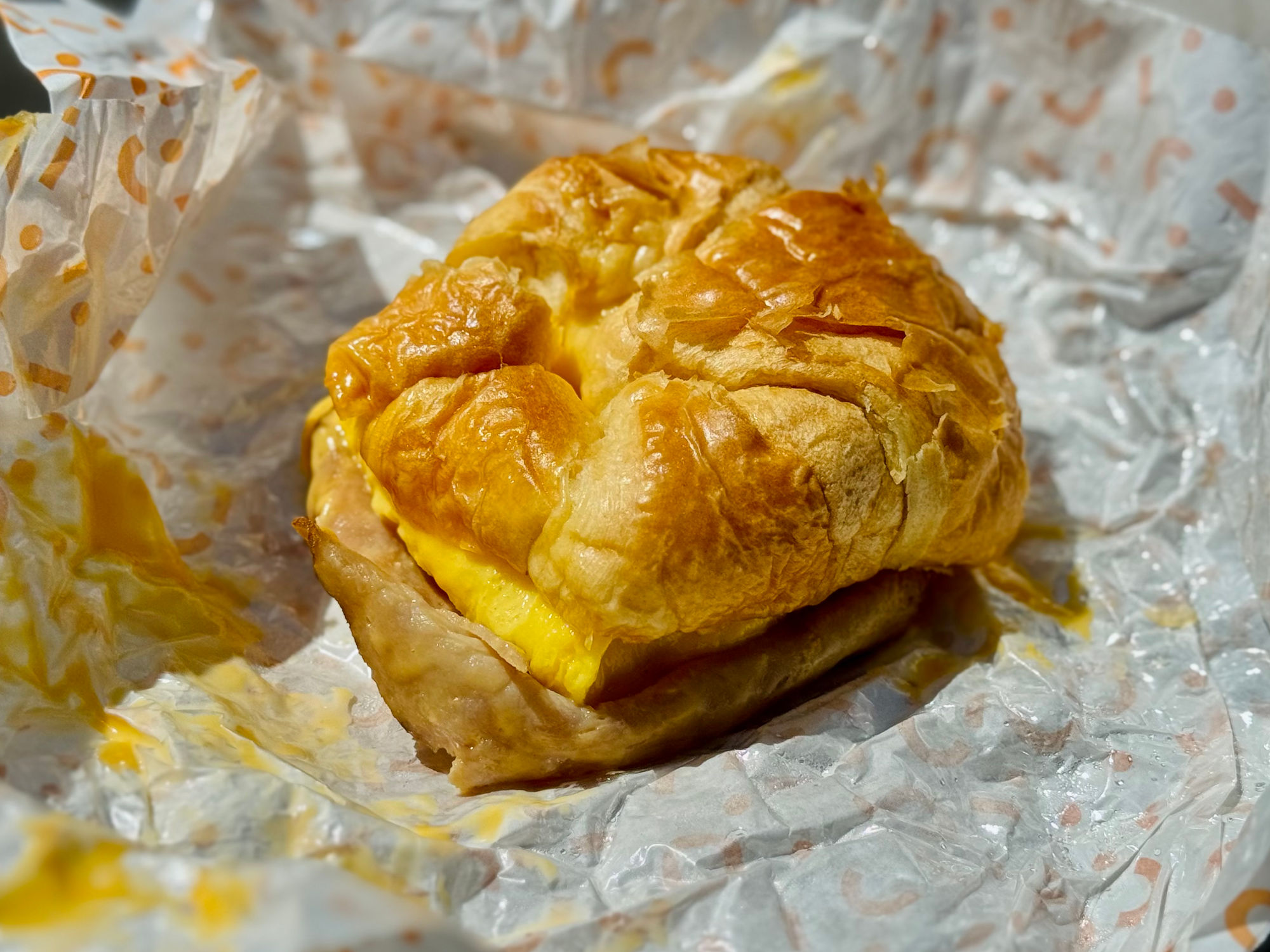
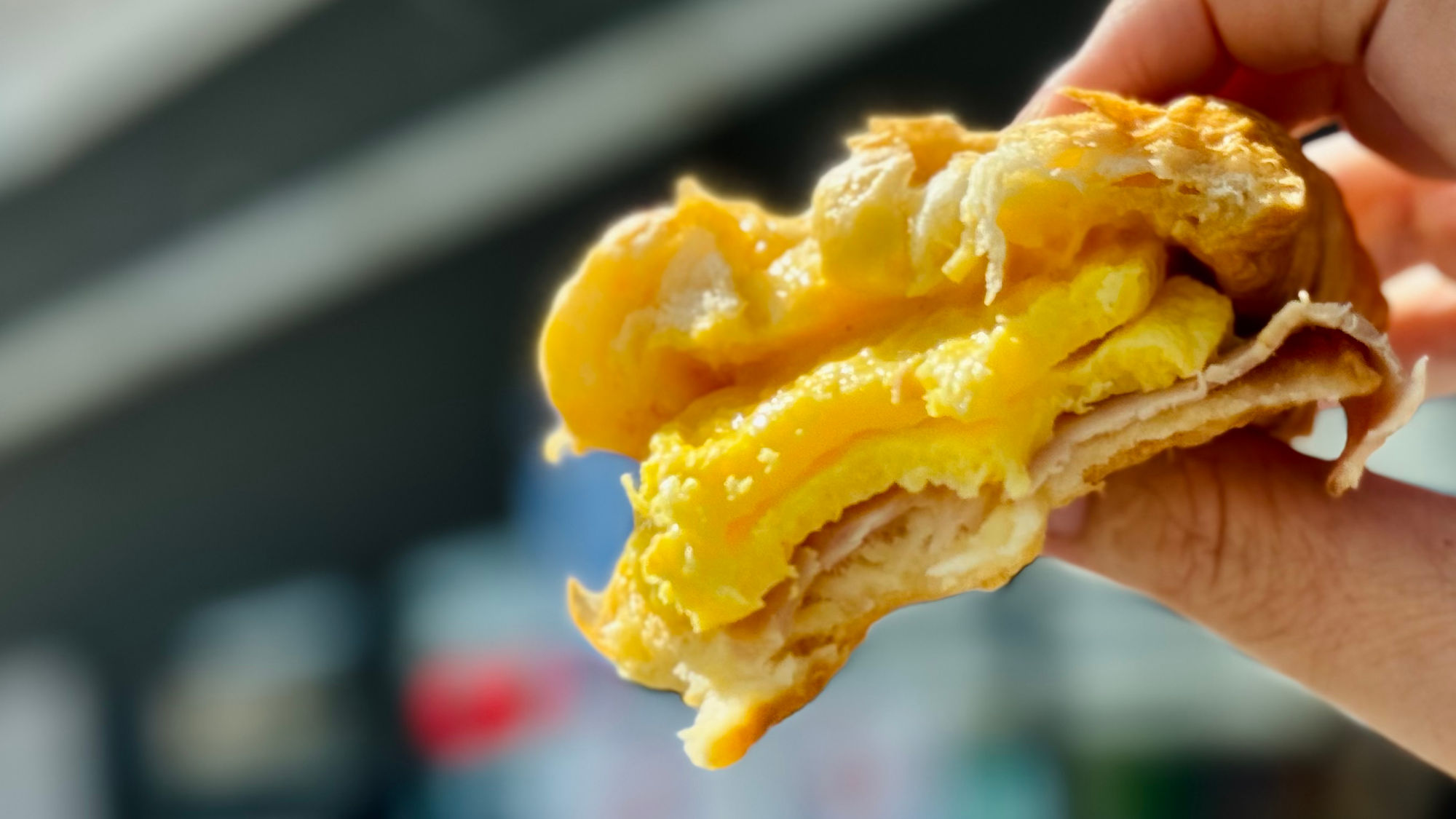
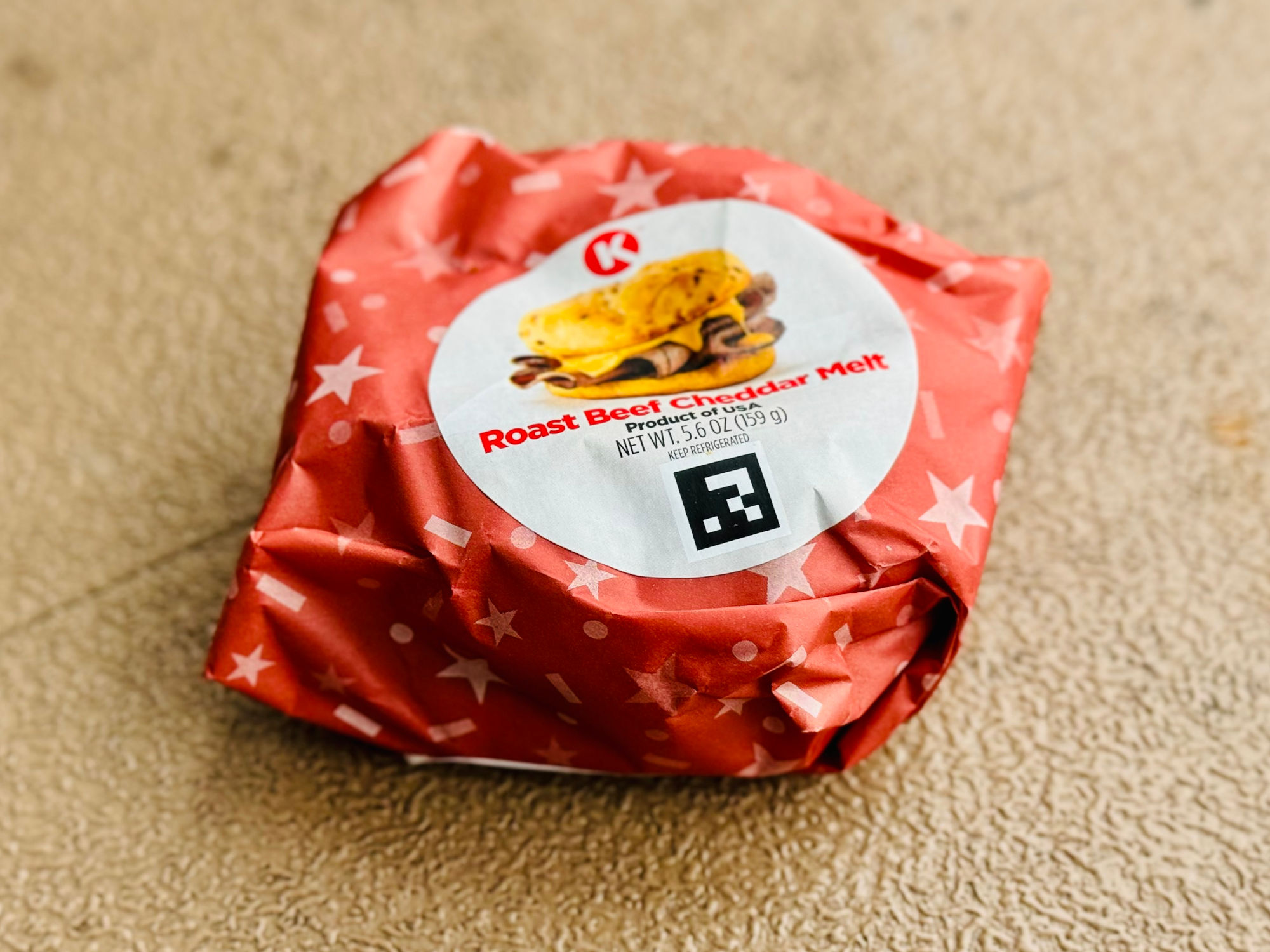
Roast Beef Cheddar Melt
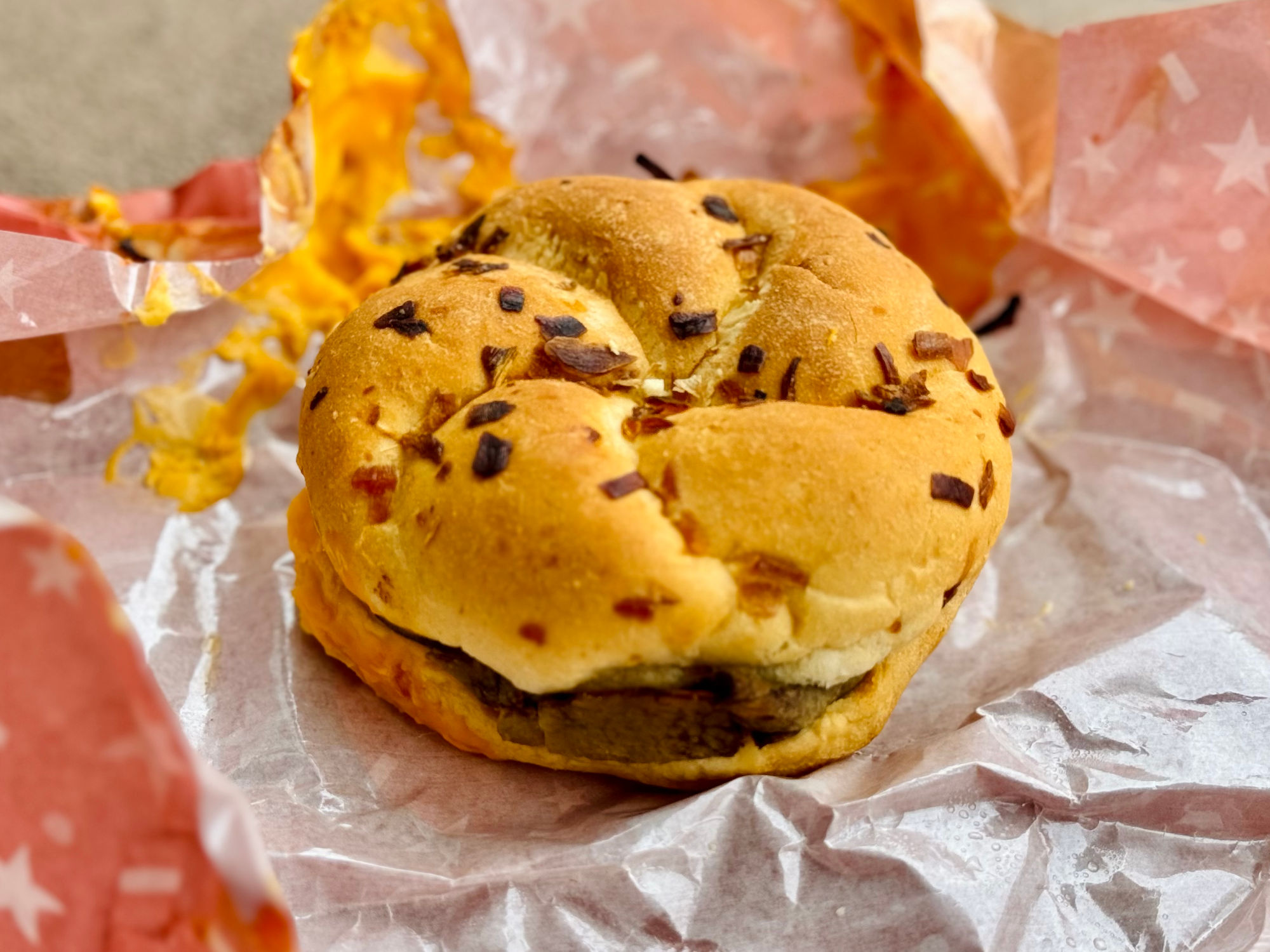
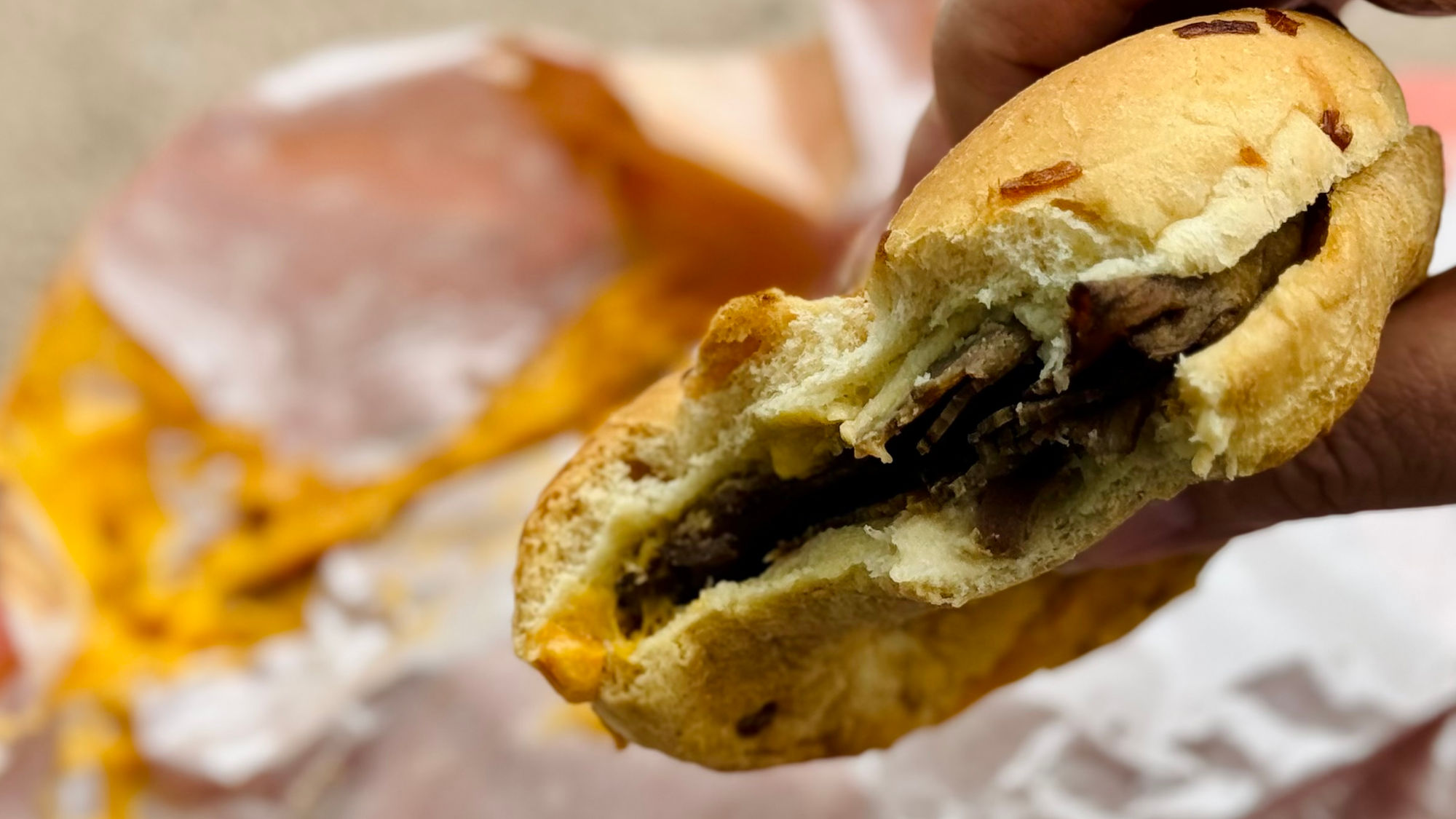
CirclekOur Roots Trace Back to 1951
That's when Fred Hervey purchased three Kay's Food Stores in El Paso, Texas. Little did anyone know that these stores would serve as the beginning of Circle K. During the early years, Hervey's enterprising spirit enabled the company to make its mark in the southwestern part of the United States. He grew the Circle K chain into neighboring New Mexico and Arizona.International Market
During the next few decades, Circle K grew its retail network through a series of acquisitions, which were incorporated into the Circle K brand. By 1975, there were 1,000 Circle K stores across the U.S. In 1979, Circle K entered the international market when a licensing agreement established the first Circle K stores in Japan. The company's growth continued and, by 1984, sales had reached $1 billion.In 1999, a franchise program was introduced to support operators looking to build a business with a leading convenience store brand. In 2003, Circle K was acquired by Alimentation Couche-Tard and has developed into a global brand represented in over 20 countries.
Circle K has become one of the most widely recognized convenience store brands, known worldwide for quality products and great customer service. We have come a long way since our humble beginnings, and we're proud of where we've been and where we're going.
TIMELINE In 1951 Fred Hervey purchases three Kay's Food Stores in El Paso, Texas - stores which served as the beginning of Circle K. 1957 Circle K expands into New Mexico and Arizona 1965 Circle K opens its 200th store in Tucson, Arizona. The "Pepe" logo is introduced illustrating a young boy dashing to the nearest Circle K store. 1971 The Foodservice Division is introduced and sandwiches are made in the company's fast food kitchen. The company marks its 20th anniversary with the opening of its 500th Circle K store in Deer Valley, Arizona. 1975 The 1,000th store is opened on Christmas Day in Lehi, Utah. 1979 Circle K signs its first licensing agreement with a Japanese retail chain. 1983 The Thirst Buster fountain drink is introduced. Circle K acquires 960 UtoteM stores doubling the company's size. 1984 Sales reach the $1 billion mark. Circle K adopts United Cerebral Palsy (UCP) as its national charity and begins fundraising efforts in its stores. 1993 The company is purchased by Investcorp, an international investment group, and emerges from bankruptcy. The tagline "Circle K – We're on the Way" is introduced. 1990 After years of rapid expansion and learning the hard lessons of 1980s corporate economics, Circle K files for Chapter 11 bankruptcy protection. 1994 The tagline "Circle K – A Better Way" is introduced. 1995 Circle K completes an initial public offering of 6.5 million shares of common stock. The company stock is traded under the symbol CRK on the New York Stock Exchange. Circle K launches Emily's Meals & More, a new business venture in the home meal replacement category. Circle K forms a marketing alliance to sell 76-branded gasoline at stores in Arizona and Nevada. 1997 The Arizona Republic votes Circle K coffee the “Best Cup of Coffee” in Phoenix. 1996 Circle K is acquired by Tosco Corporation, an independent petroleum refiner and marketer. The company keeps its headquarters in Phoenix, Arizona. 1998 Thirst Freezer, the Circle K proprietary brand of frozen beverages, is introduced. Circle K is named the “Official Pit Stop of NASCAR.” The Circle K Domestic Franchise Program is launched. 1999 Fred Hervey, Circle K's founder, dies at the age of 90 in his hometown of El Paso, Texas. 2001 Circle K celebrates 50 years of fast, friendly service. Phillips Petroleum Company, headquartered in Bartlesville, Oklahoma, acquires Tosco Corporation and the Circle K brand. 2002 Phillips Petroleum Company and Conoco Inc. merge to create ConocoPhillips, head- quartered in Houston, Texas. ConocoPhillips becomes the new owner of Circle K. 2003 The company launches a new creative campaign for the Circle K brand with the tagline “What Else Do You Need?” Alimentation Couche-Tard Inc. acquires The Circle K Corporation 2008 Circle K heads overseas, adding licensing for stores in the Social Republic of Vietnam through GR Vietnam International Limited. 2005 250 Circle K stores are scheduled to be opened in Mexico by a subsidiary of Grupo Kaltex, S.A. de C.V. 2012 First Circle K President and convenience store icon John A. Gillett, Jr., passes away at the age of 87. 2011 Bigger and better than ever, Circle K celebrates its 60-year anniversary. 2015 Circle K is launched globally - the world's preferred destination for convenience and fuel. Alimentation Couche-Tard Inc. ("Couche-Tard") consolidates its Circle K, Statoil, Mac's and Kangaroo Express retail brands under one refreshed global banner. Couche-Tard, one of the world's leading convenience retailers, announces the creation of a new, global convenience brand, Circle K. The new Circle K brand will replace Couche-Tard's existing Circle K, Statoil, Mac's and Kangaroo Express branding on stores and service stations across Canada, the USA, Scandinavia and Central and Eastern Europe. The new Circle K brand will also appear on licensed stores worldwide and will be a fundamental part of Couche-Tard's future growth. 2016 Roll-out of Circle K global brand in Norway, Sweden, and Denmark 2017 Continued roll-out of Circle K global brand to Canada (Ontario, Manitoba, Saskatchewan, Alberta, British Columbia, and the Maritimes), Latvia, Lithuania, Estonia, and Poland
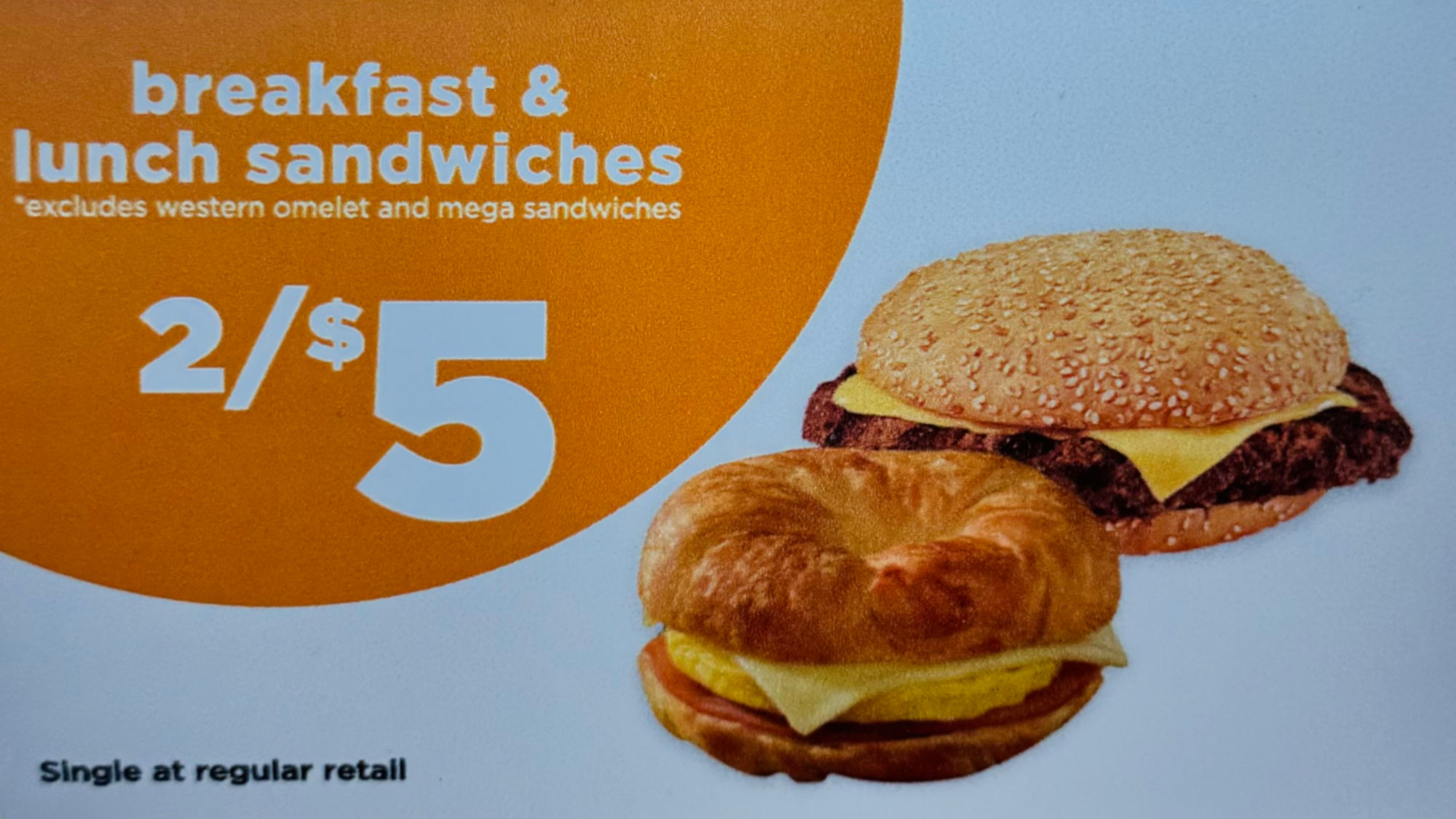

WIKIPEDIACircle K Stores, Inc.
A chain of convenience stores that is headquartered in Tempe, Arizona, and owned by Alimentation Couche-Tard, Inc., based in Laval, Quebec, Canada. Founded in 1951 in El Paso, Texas, the company filed for bankruptcy protection in 1990 and went through several owners, before being acquired by Alimentation Couche-Tard in 2003. As of February 2020, Circle K has 9,799 stores in North America, 2,697 stores in Europe, and an additional 2,380 stores operating under franchise agreements worldwide.chain of convenience stores that is headquartered in Tempe, Arizona, and owned by Alimentation Couche-Tard, Inc., based in Laval, Quebec, Canada. Founded in 1951 in El Paso, Texas, the company filed for bankruptcy protection in 1990 and went through several owners, before being acquired by Alimentation Couche-Tard in 2003. As of February 2020, Circle K has 9,799 stores in North America, 2,697 stores in Europe, and an additional 2,380 stores operating under franchise agreements worldwide.
- Since the 1980s, Circle K has been the largest chain of company-owned and operated (non-franchised) convenience stores in the United States.
- With 7,230 stores overall in the United States, Circle K is second to 7-ELEVEN's 9,348 stores (as of July 2019) .
- As of February 2020, there are more than 14,800 stores with the Circle K brand worldwide.
- Within the United States, Circle K owns and operates stores in 48 states (the two states without being Nebraska and Utah), with the largest concentration of stores found in Louisiana.
- Fuel is sold under various brands, with the Circle K and Shell brands as the most common. Other brands of fuel sold at Circle K stores include Valero, BP, Exxon, Marathon, Irving, Mobil, Esso and Phillips 66. Approximately 13% of stores worldwide do not sell fuel.
- Circle K operates stores in the United States, Canada, Europe (the Nordics, Baltics, Poland, Russia, & Ireland), and Hong Kong, and has franchises in Mexico (it partners with the Mexican stores "Tiendas Extra" created by Modelo Group), Cambodia, China, Egypt, Guam, Honduras, Indonesia, Jamaica, Macau, New Zealand, Saudi Arabia, the United Arab Emirates and Vietnam. In Hong Kong and Macau, the stores are called OK in reference to the circle around the K. Circle K Hong Kong was founded in 1985 by Li & Fung Retailing (later Fung Retailing) as licensee of the name, but sold back to Couche-Tard in 2020. Circle K had 387 franchised locations throughout Hong Kong as of May 2020.
- The Circle K brand entered the Canadian market in 2008, in connection with Couche-Tard's acquisition of Irving Oil's convenience store network. By 2019, more than 800 Mac's branded stores had been rebranded to Circle K throughout central and western Canada.
- In September 2015, Couche-Tard announced that Circle K would become the worldwide brand of all of its convenience stores, replacing Mac's, Kangaroo Express, Statoil, and Holiday Stationstores brands (except the Couche-Tard brand in Quebec and the INGO brand in Europe). This global rebrand included the introduction of a new logo incorporating elements of its existing brands, improvements to its product offerings and technology, and investing in store-level improvements aimed at improving the customer experience. The rebranding occurred over the following five years and as of March 2020, all of Europe and 85% of North America had been updated with the Circle K brand and logo.
Wikipedia1951 El Paso, Texas
Entrepreneur Fred Hervey purchased three Kay's Food Stores in El Paso, Texas, in 1951. Hervey renamed the stores as "Circle K Food Stores, Inc." rather than "Kay." He grew the Circle K chain into neighboring New Mexico and Arizona, which has been the company's home base since 1957. (Hervey would go on to serve two terms as mayor of El Paso.) By 1975, there were 1,000 Circle K stores across the U.S.
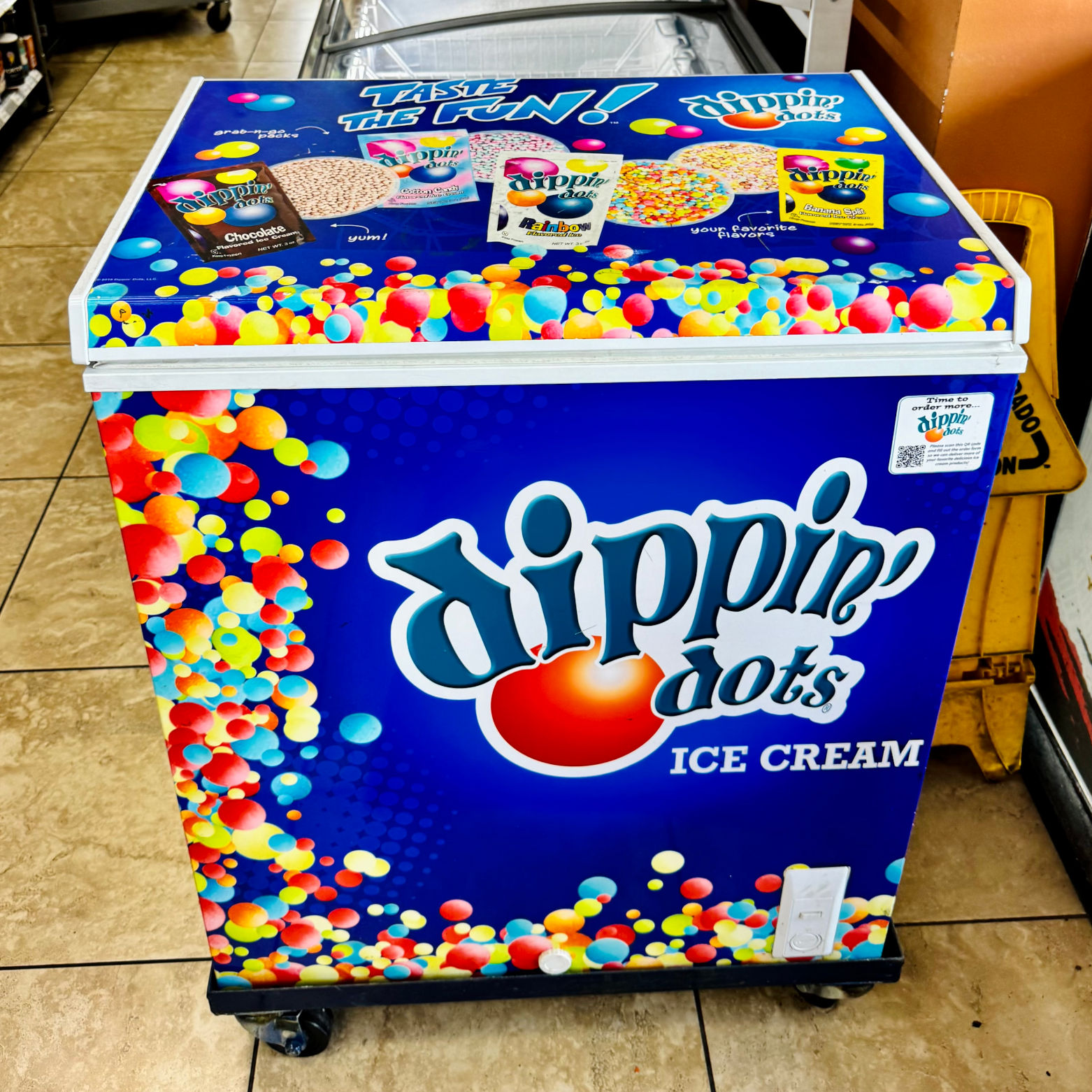
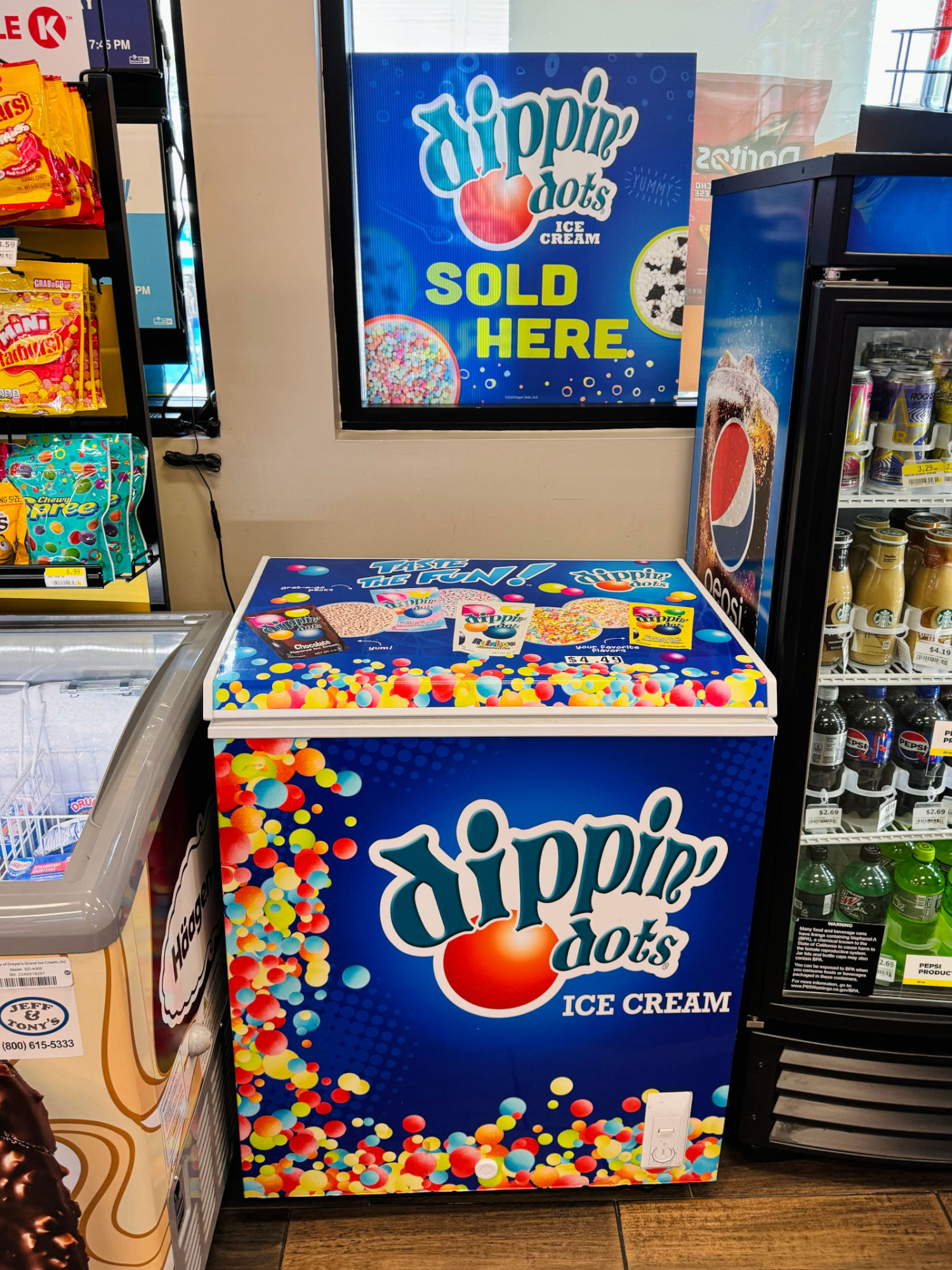
EQS InternationalJune 2023
Circle K is a global convenience store chain with over 16,000 locations in more than 20 countries. The company has come a long way since its inception in 1951, and its success can be attributed to a combination of factors.Circle K was founded in El Paso, Texas, by Fred Hervey, who noticed a gap in the market for convenience stores that were open 24 hours a day. He opened the first Circle K store in 1951, and it quickly became popular with customers who appreciated the convenience of being able to shop at any time of the day or night.
Over the next few years, Circle K expanded rapidly, opening stores throughout the Southwest and eventually moving into California. By the end of the 1960s, the company had over 300 stores and was well on its way to becoming a national brand.
In the 1970s and 1980s, Circle K continued to grow, expanding into new markets and diversifying its offerings. The company began to offer gasoline at its stores, and in 1983, it acquired the SuperAmerica chain of convenience stores in the Midwest.
During this time, Circle K also began to experiment with new store formats, including larger stores that offered a wider range of products and services. These stores, known as Circle K Big Stores, were a hit with customers and helped to further solidify the company's position as a leader in the convenience store industry.
In the 1990s, Circle K faced some challenges, including financial difficulties and a decline in sales. However, the company was able to turn things around by refocusing on its core business and streamlining its operations.
In recent years, Circle K has continued to expand and innovate, introducing new products and services to meet the changing needs of its customers. The company has also embraced technology, launching a mobile app that allows customers to find stores, earn rewards, and make purchases from their smartphones.
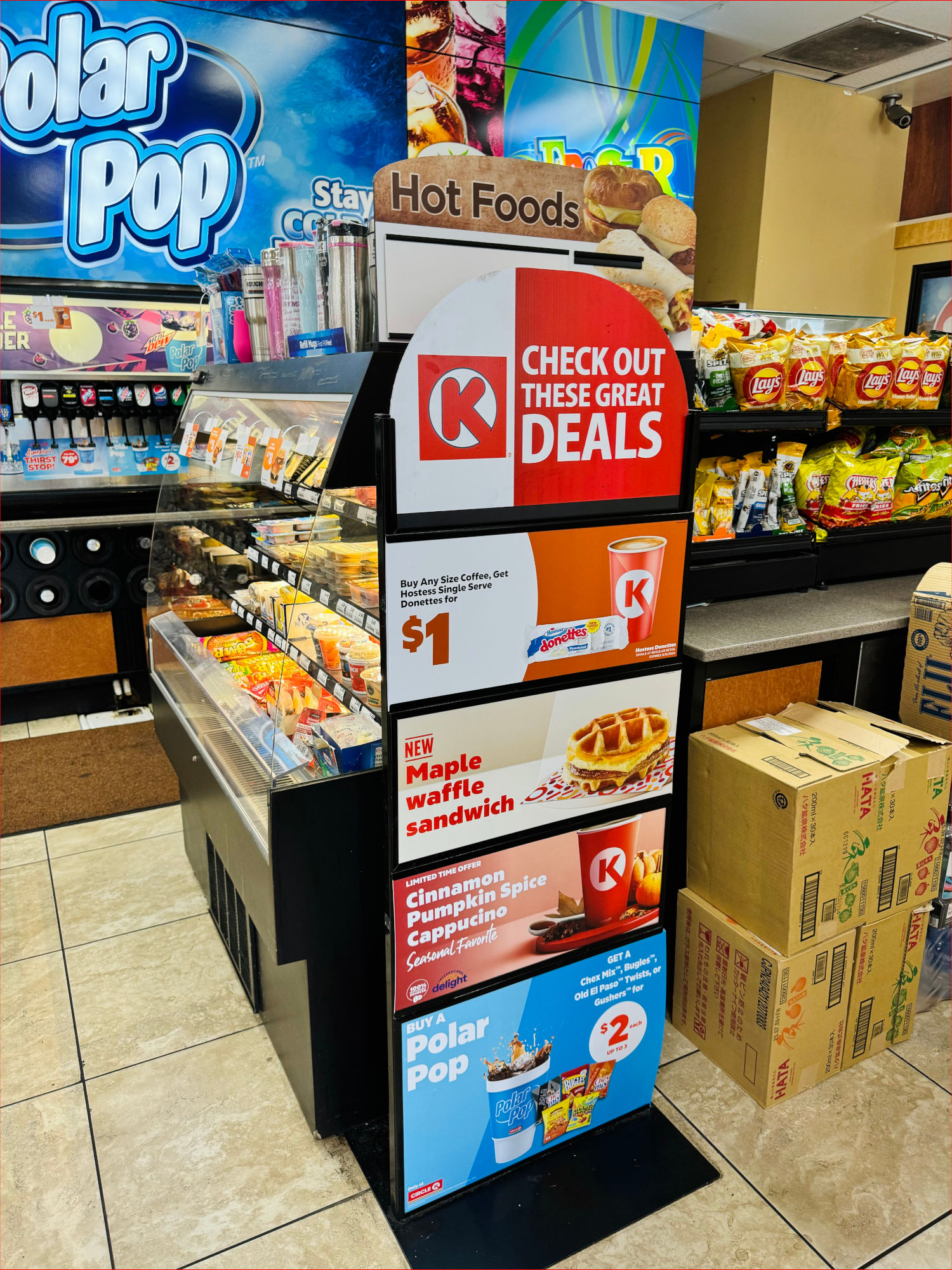
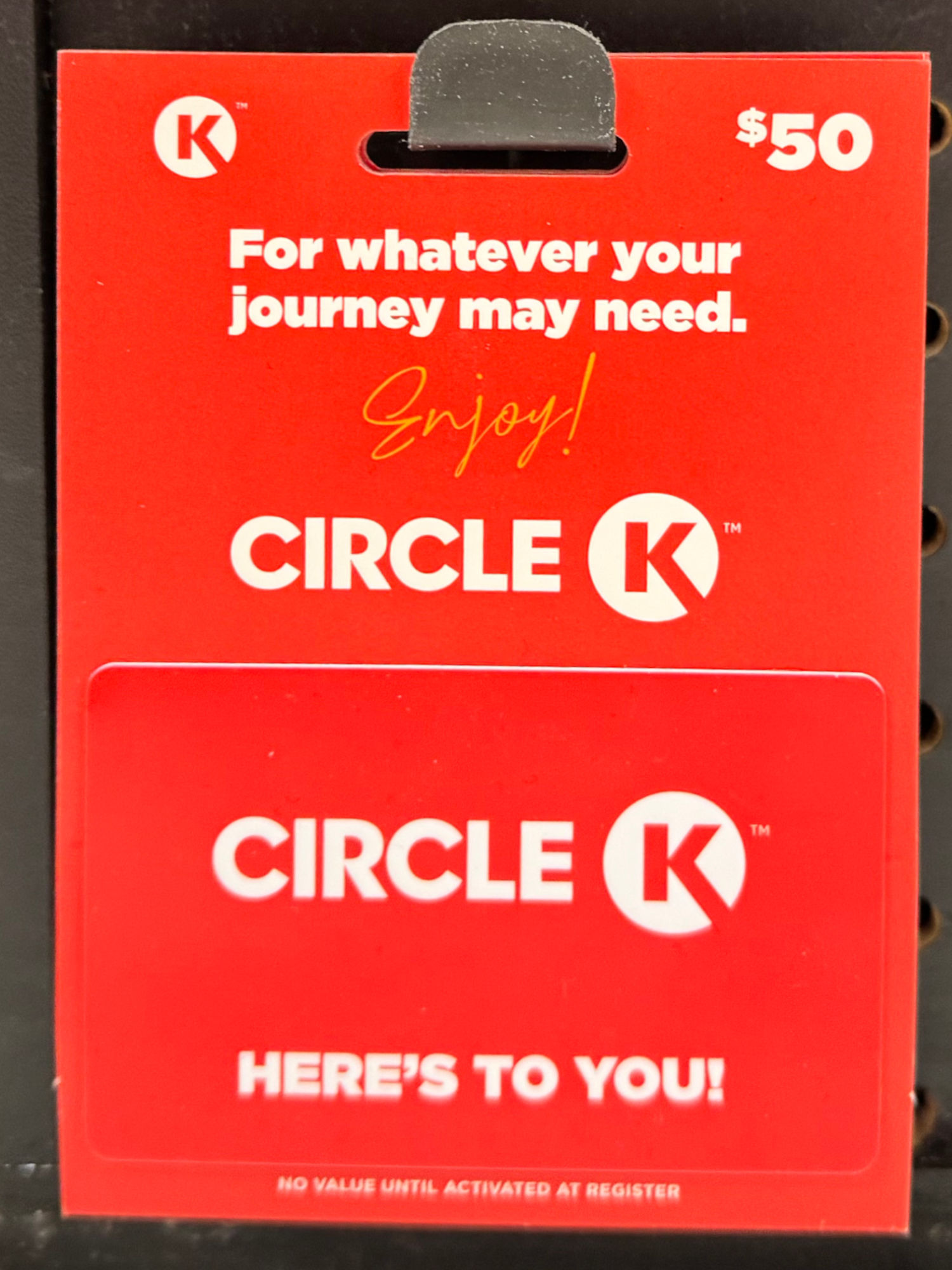
1000logosApril 2024
While the Circle K logo has gone through several updates, it has always been consistent in the use of the red color as the dominant one. What's more important, the logo has always literally depicted the chain's name (the “K” and the circle).The story started in 1951 when entrepreneur Fred Hervey bought three Kay's Food Stores in El Paso, Texas. While the new owner wanted to give the chain a new name, he also was ready to preserve some of the brand's heritage. So, he opted for the name "Circle K Food Stores."
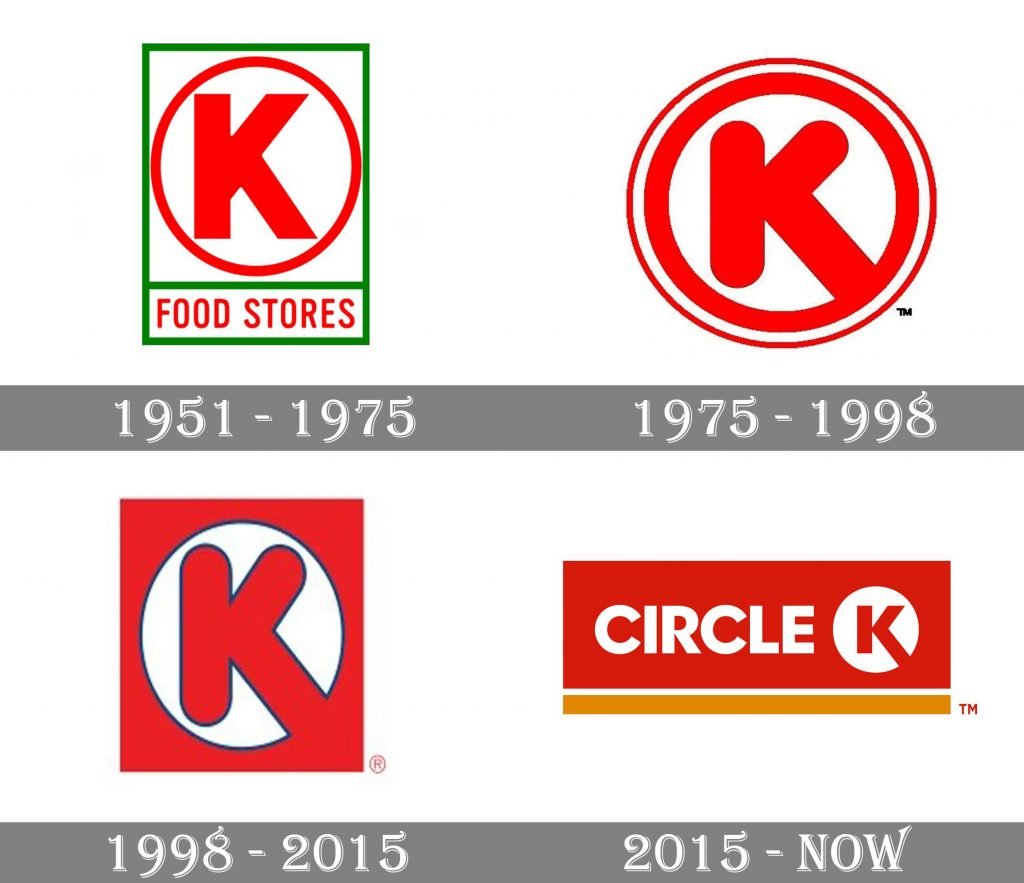
1951
The first emblem already featured the letter "K" (capital) inside a circle. To make the design eye-catching, the authors of the logo opted for an extremely bright shade of red and complemented it with a rather vivid green. The green was used for the rectangular border into which the writing "Food Stores" was placed.1975
The design grew more dynamic and professional. The "K" got flatter and adopted rounded corners, which better fitted the “circle” theme. One of the lower ends of the glyph stretched beyond the circle symbolizing that the road was free for the customers to come. Also, the new "K" resembled a tick (rotated clockwise), which has always been a symbol of something positive.The circle, into which the glyph was placed, grew bolder. To add some depth, the authors of the logo decided to draw a thinner circle around it and leave some white space in between.
This logo has been used in Japan since 1980, while in other countries, it was replaced in 1998.
1998
The shape of the glyph remained the same. Like in the previous version, the "K" was placed over a white circle. This time, however, the white circle was housed inside a red square. The "K" and the circle adopted a thin dark trim.2015
The ends of the "K" became rectangular, like on the original Circle K logo. The glyph grew somewhat smaller in proportion to the circle and lost the dark trim. Now, the roundel was placed inside a large red rectangle also housing the word "Circle" in a similar bold type with rectangular ends. Below the red rectangle, there was a thick orange stripe separated by a white gap. The company changed its "Simplify Your Day" tagline to "Take It Easy."
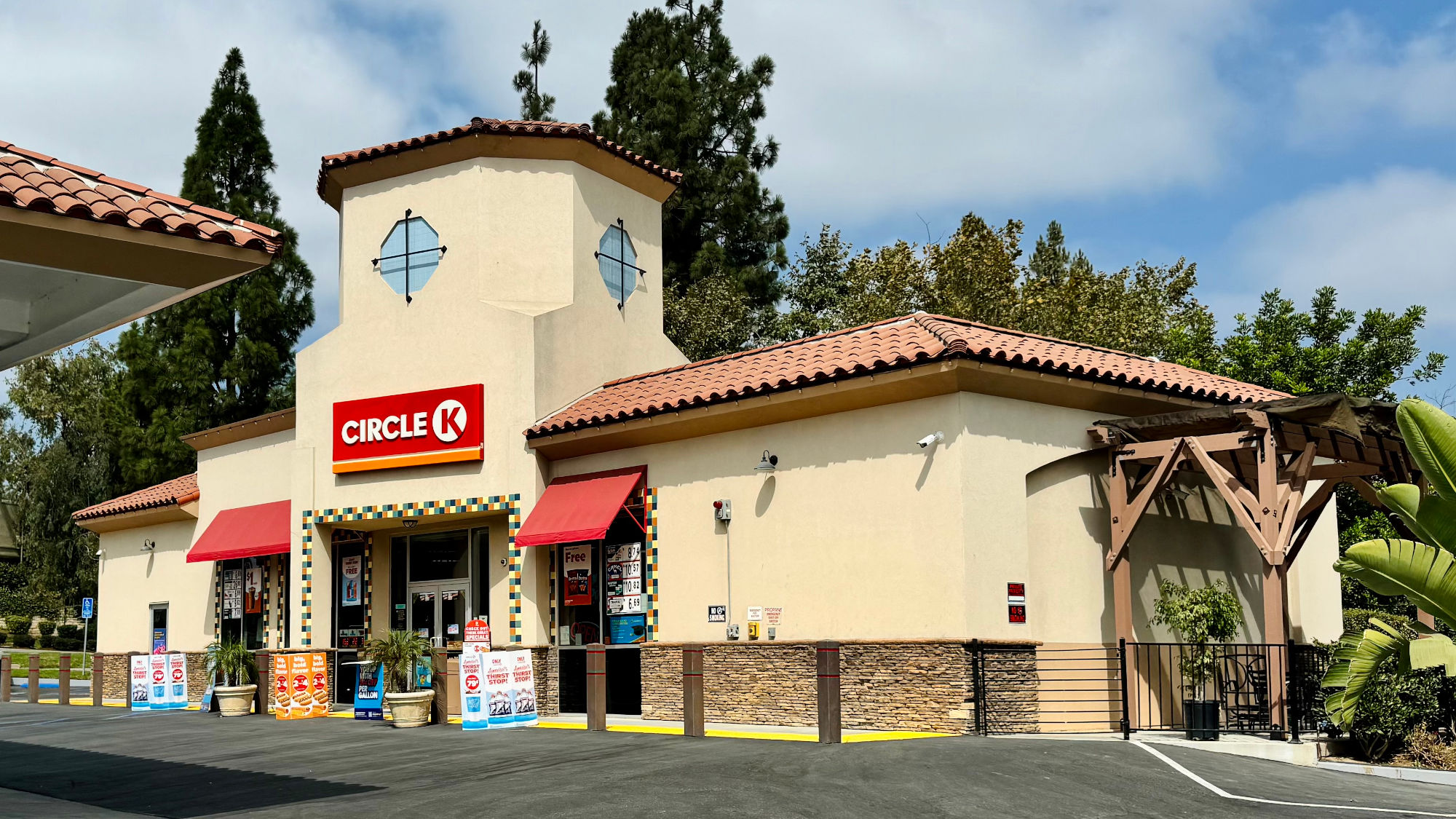
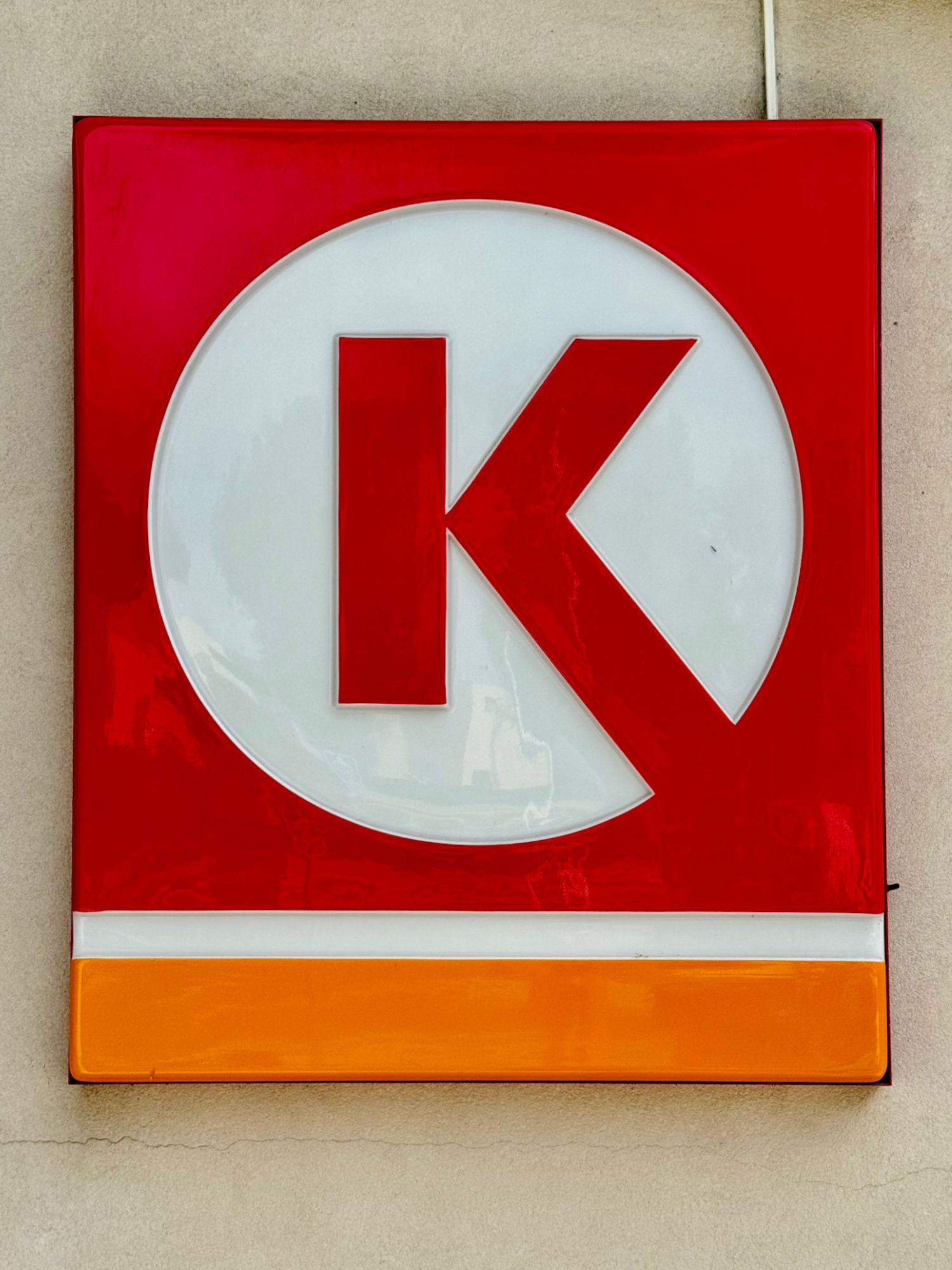

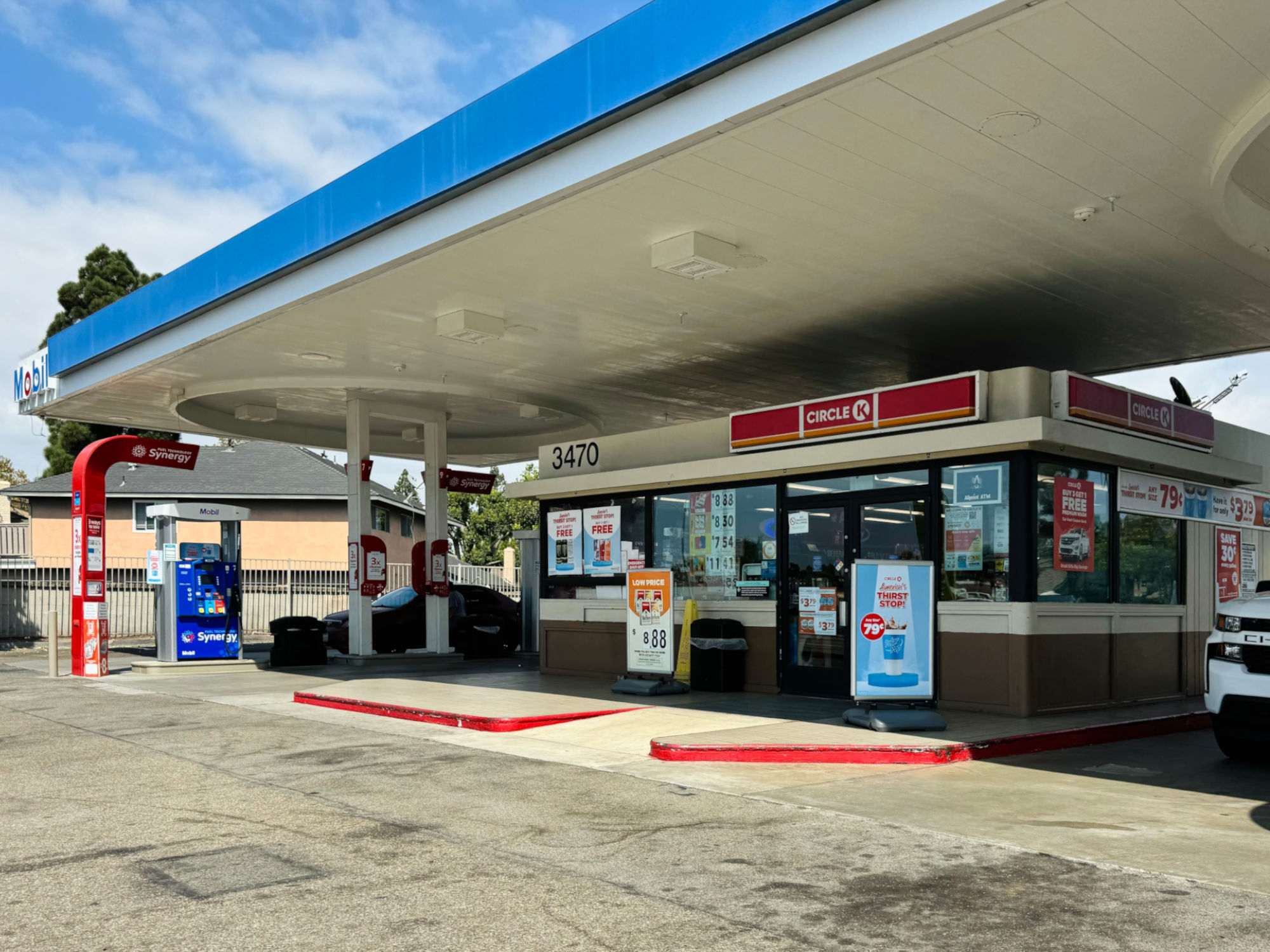
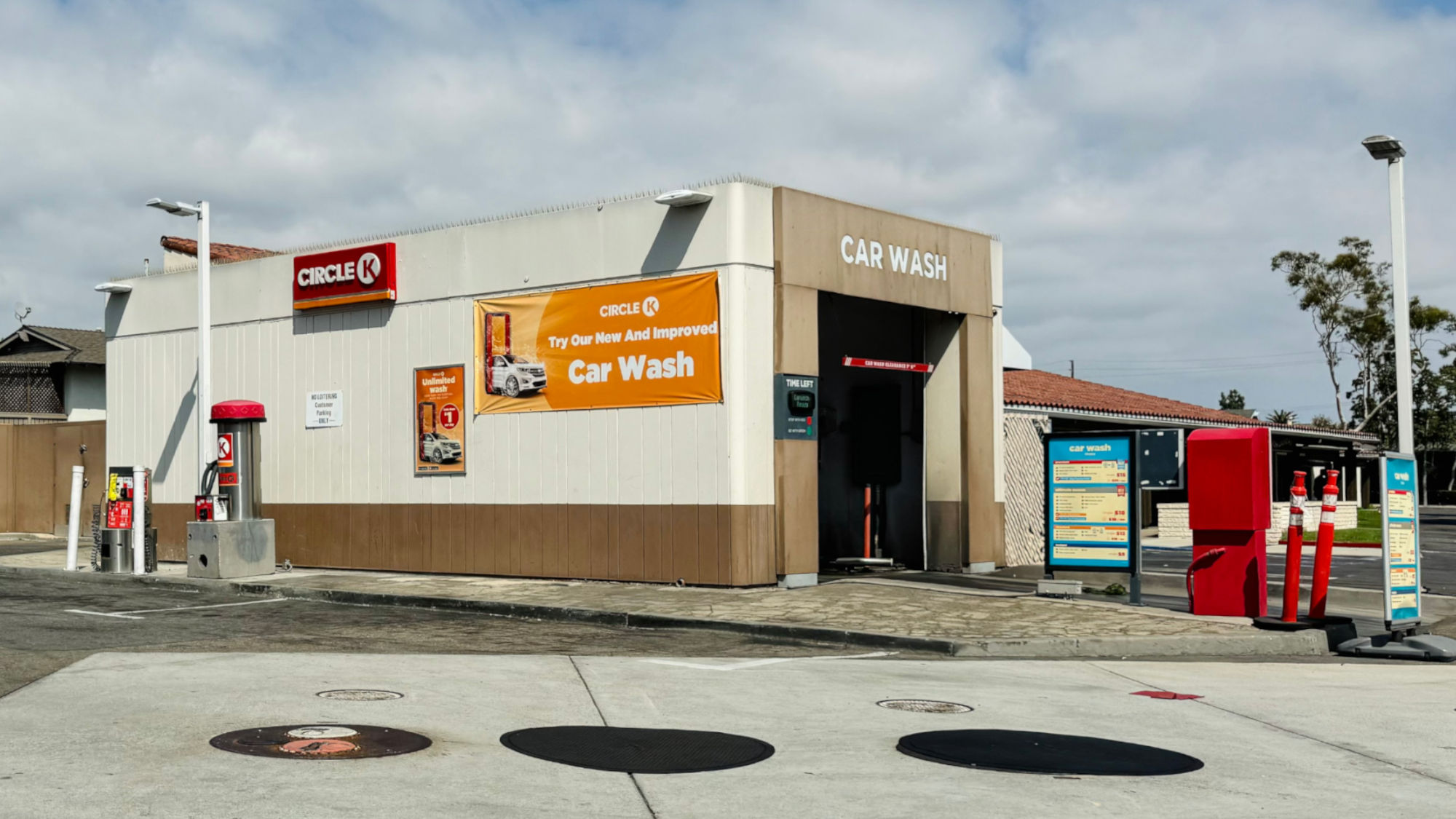
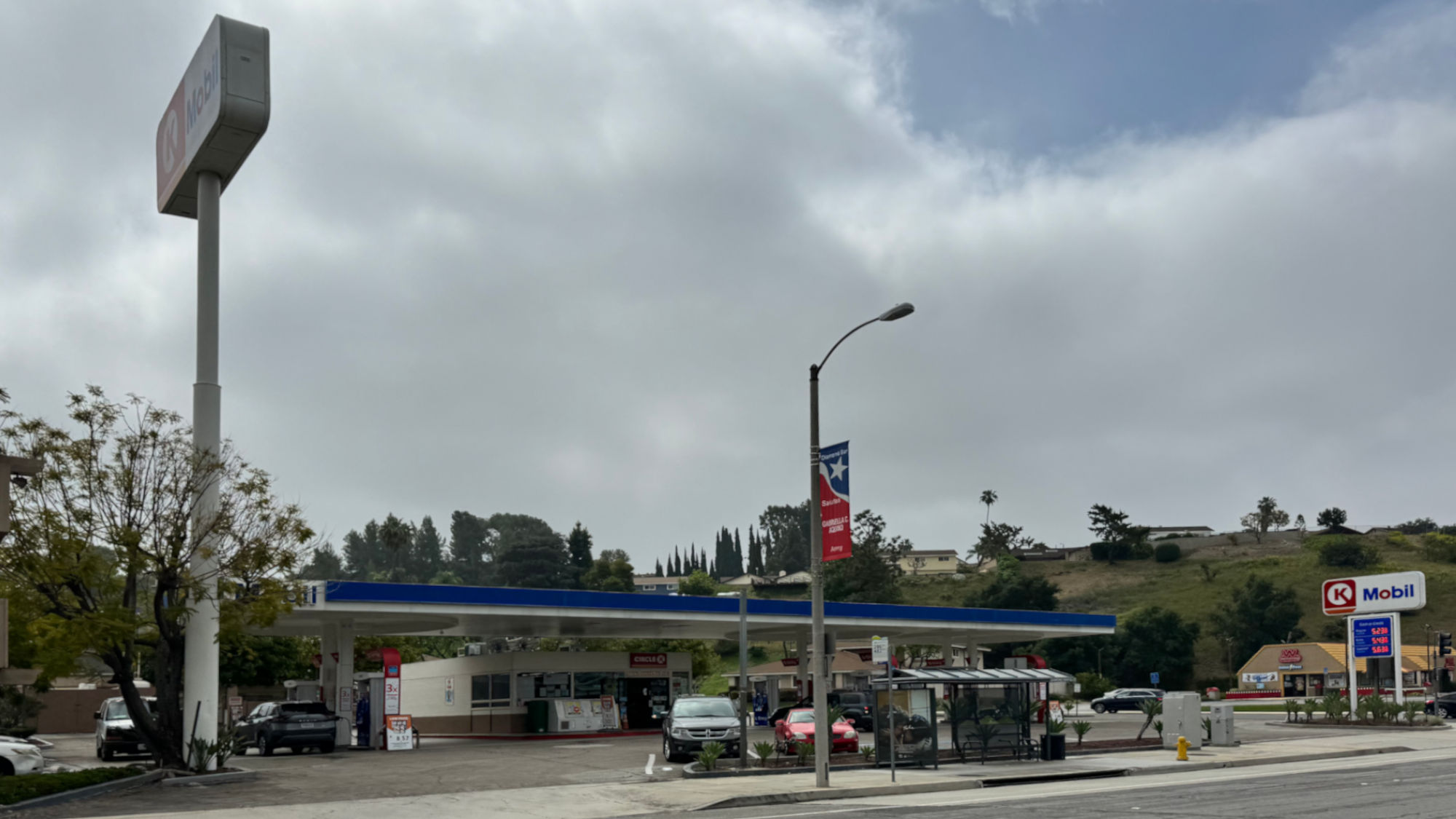
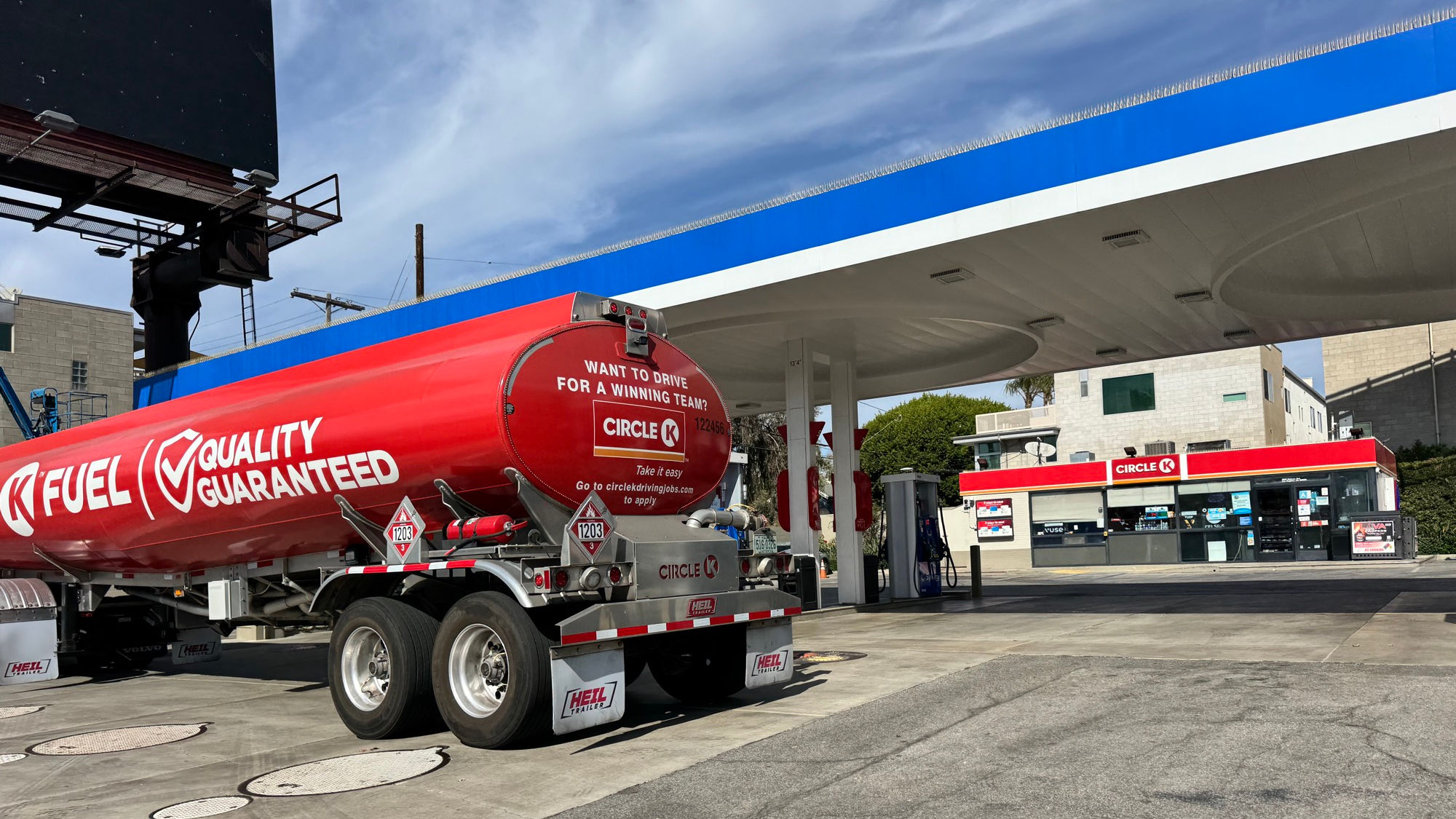
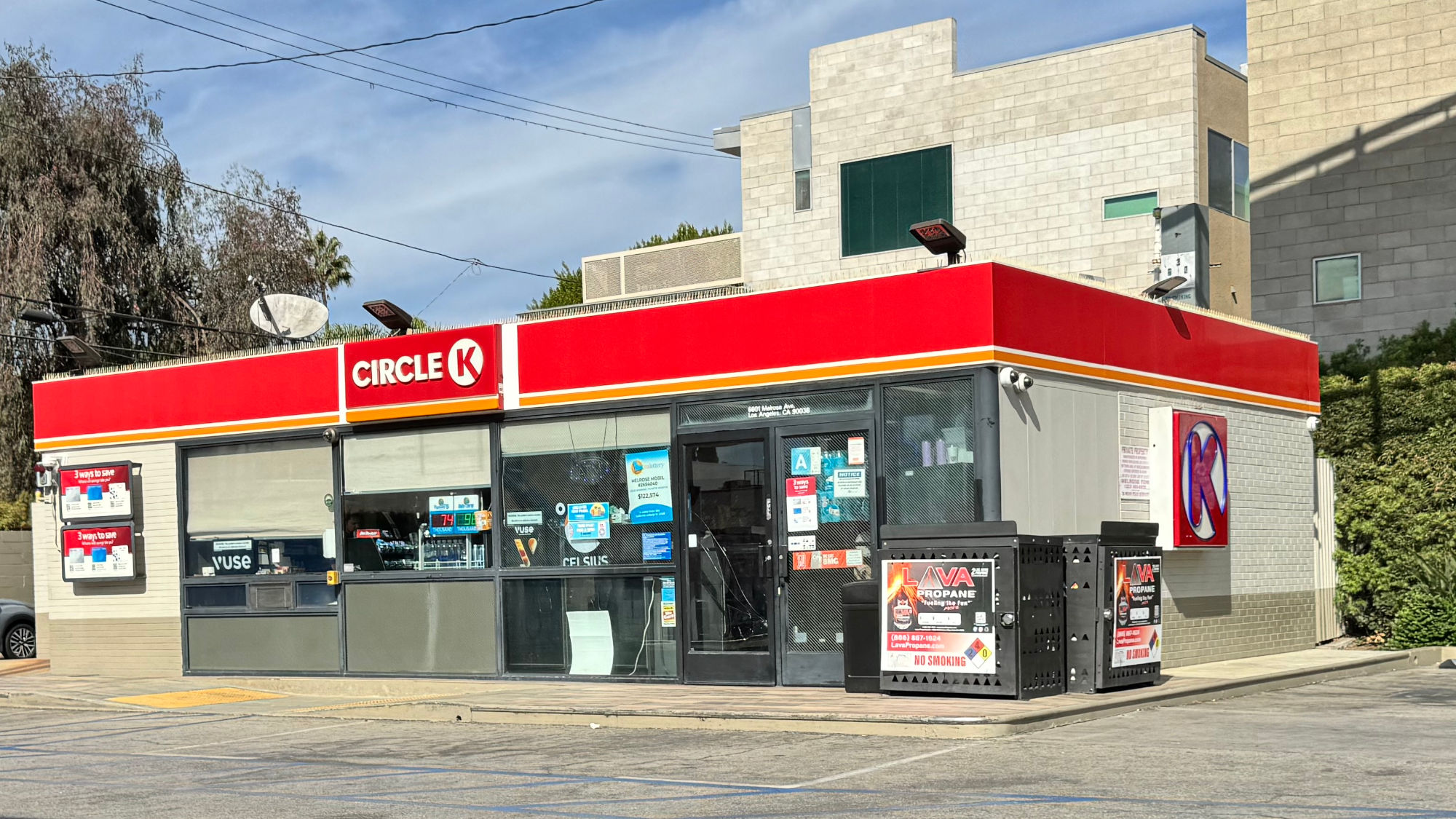
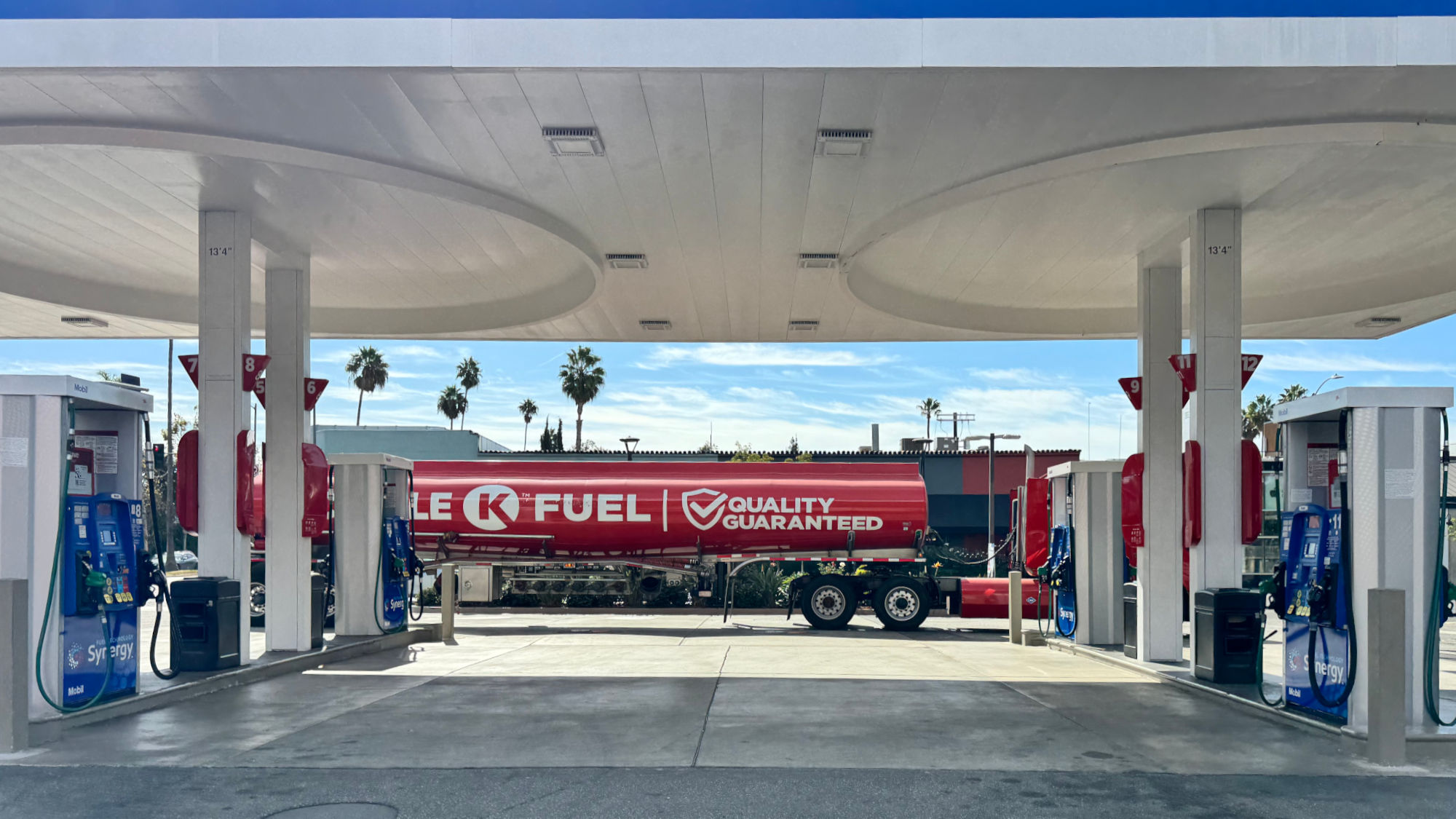
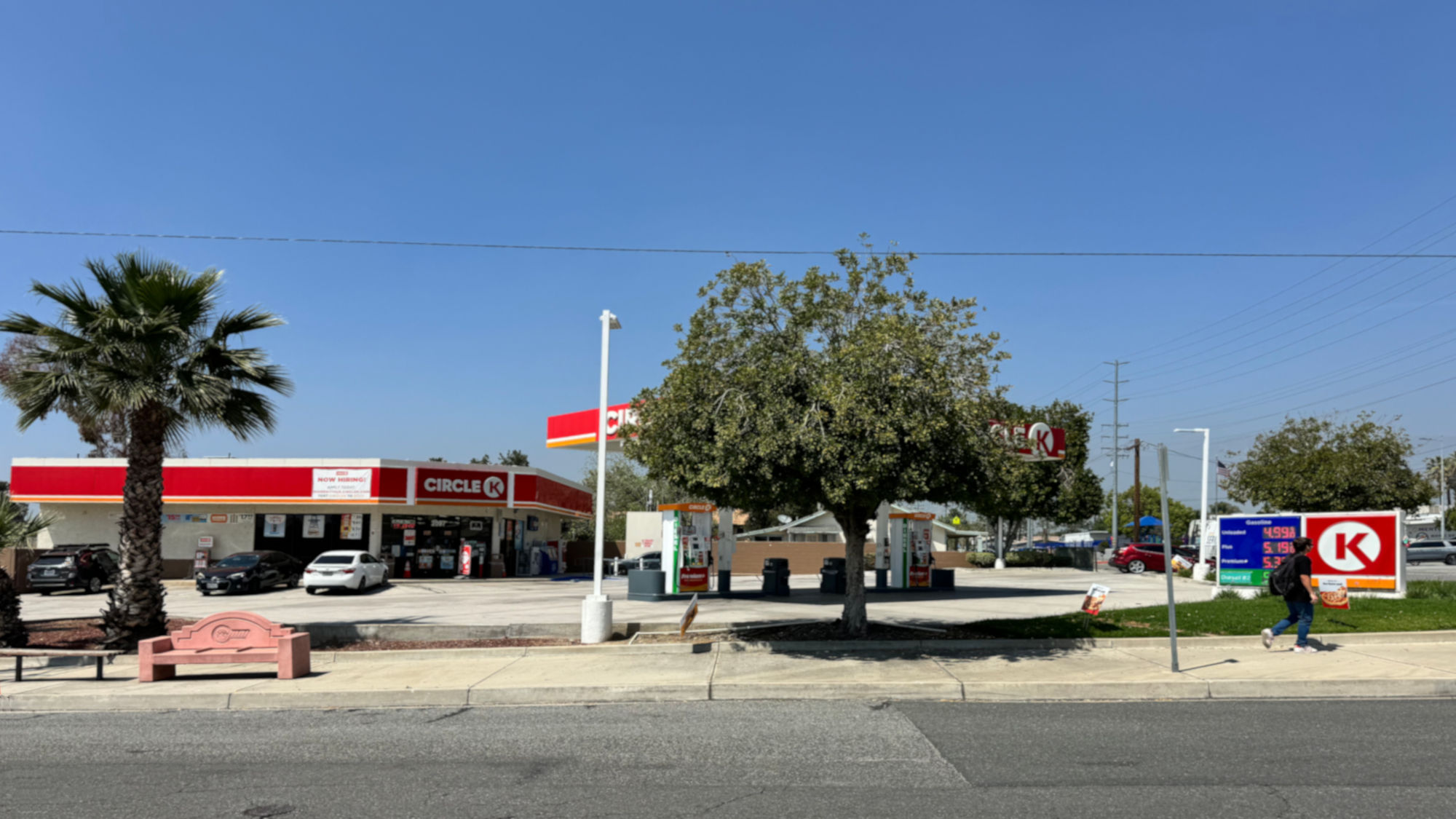
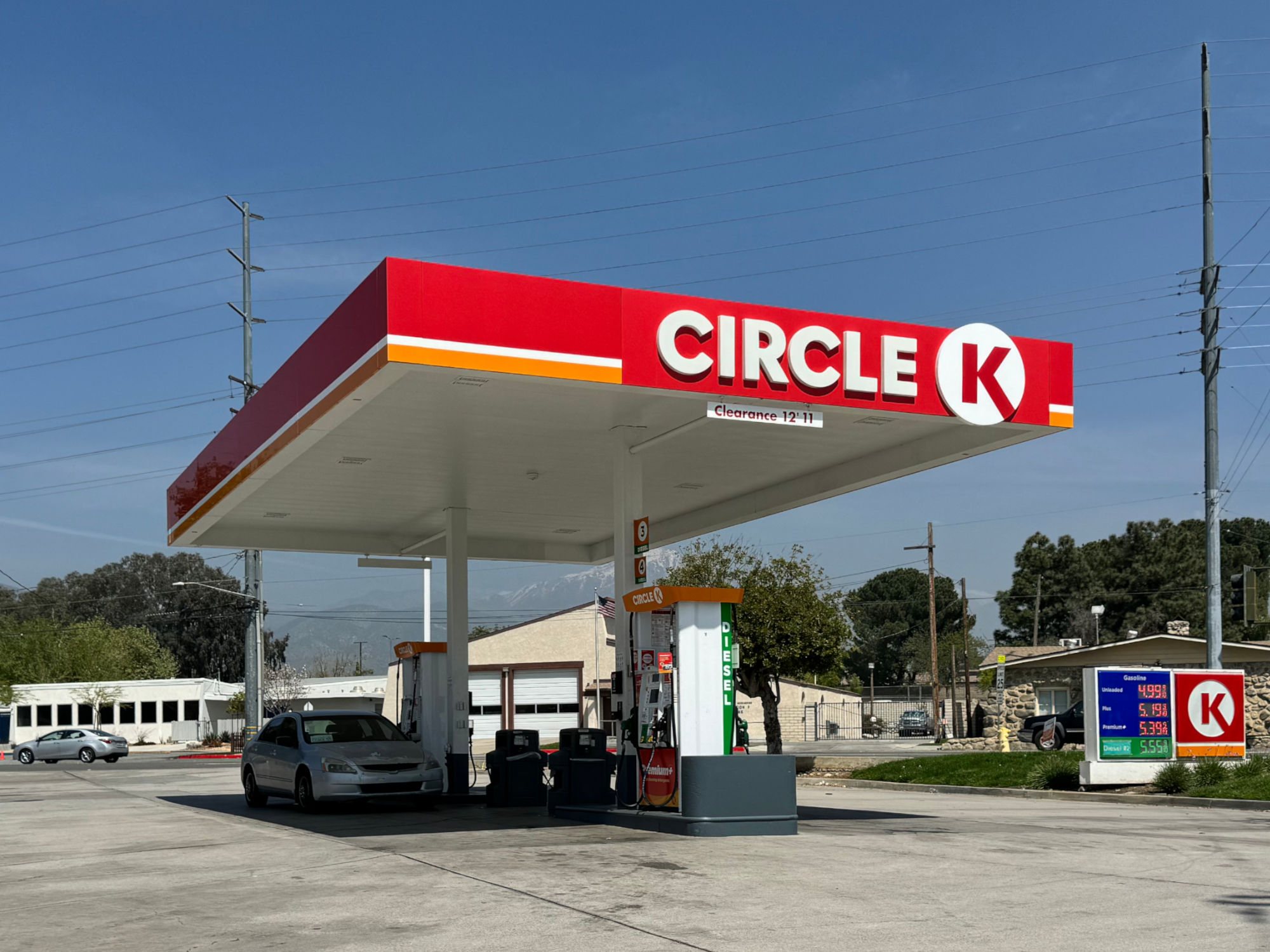
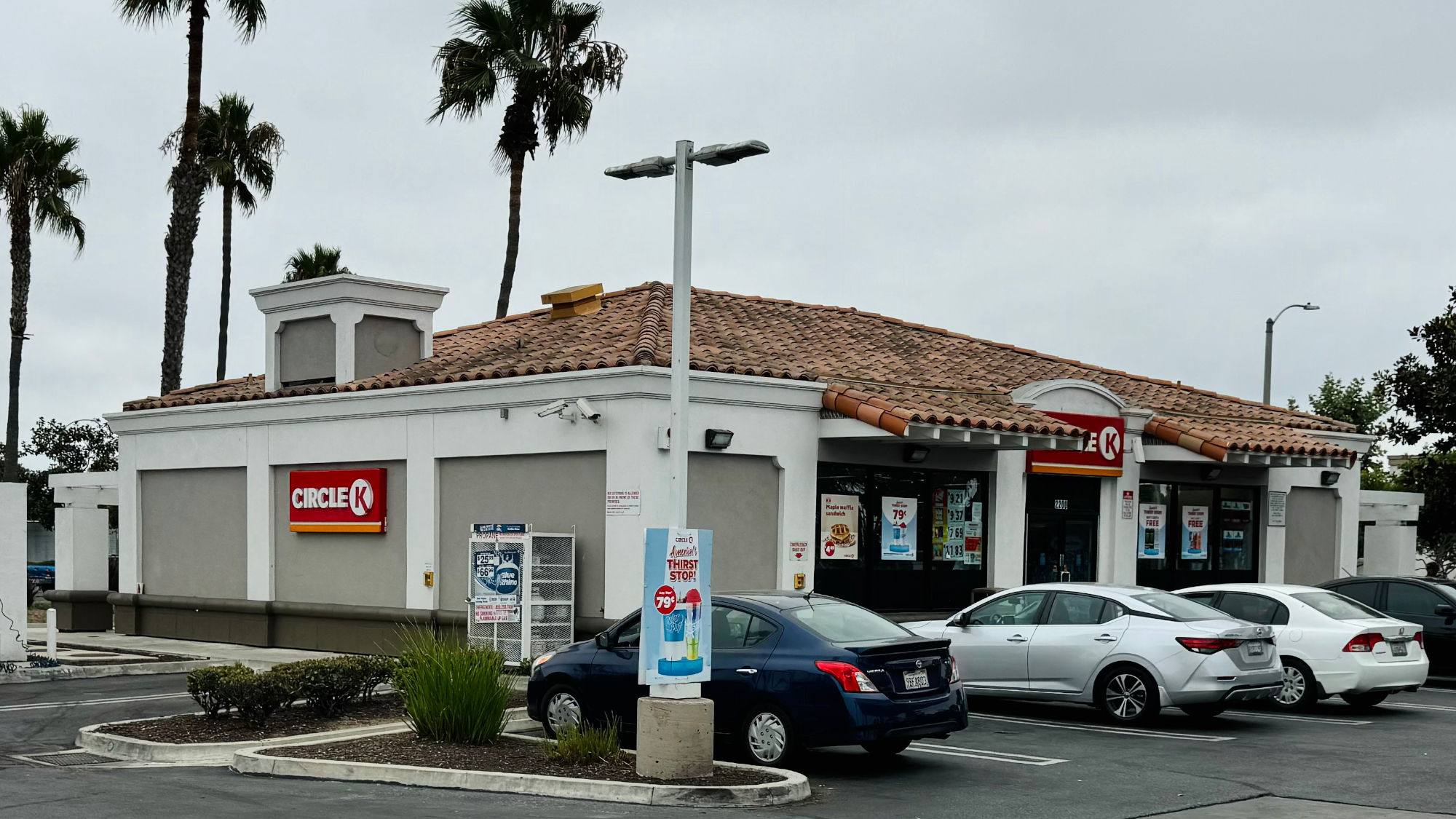
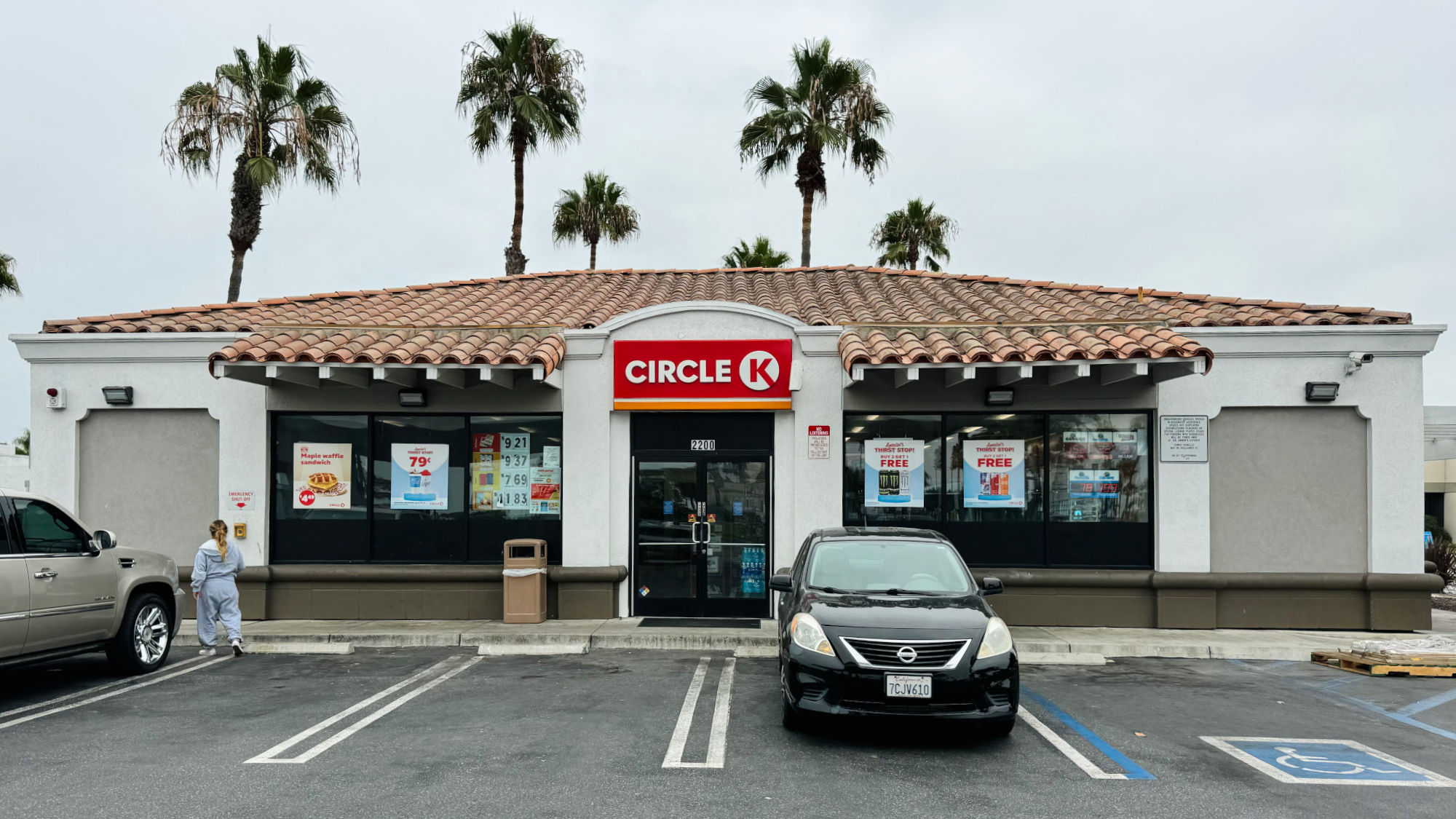

- Strange things are afoot at the Circle K
